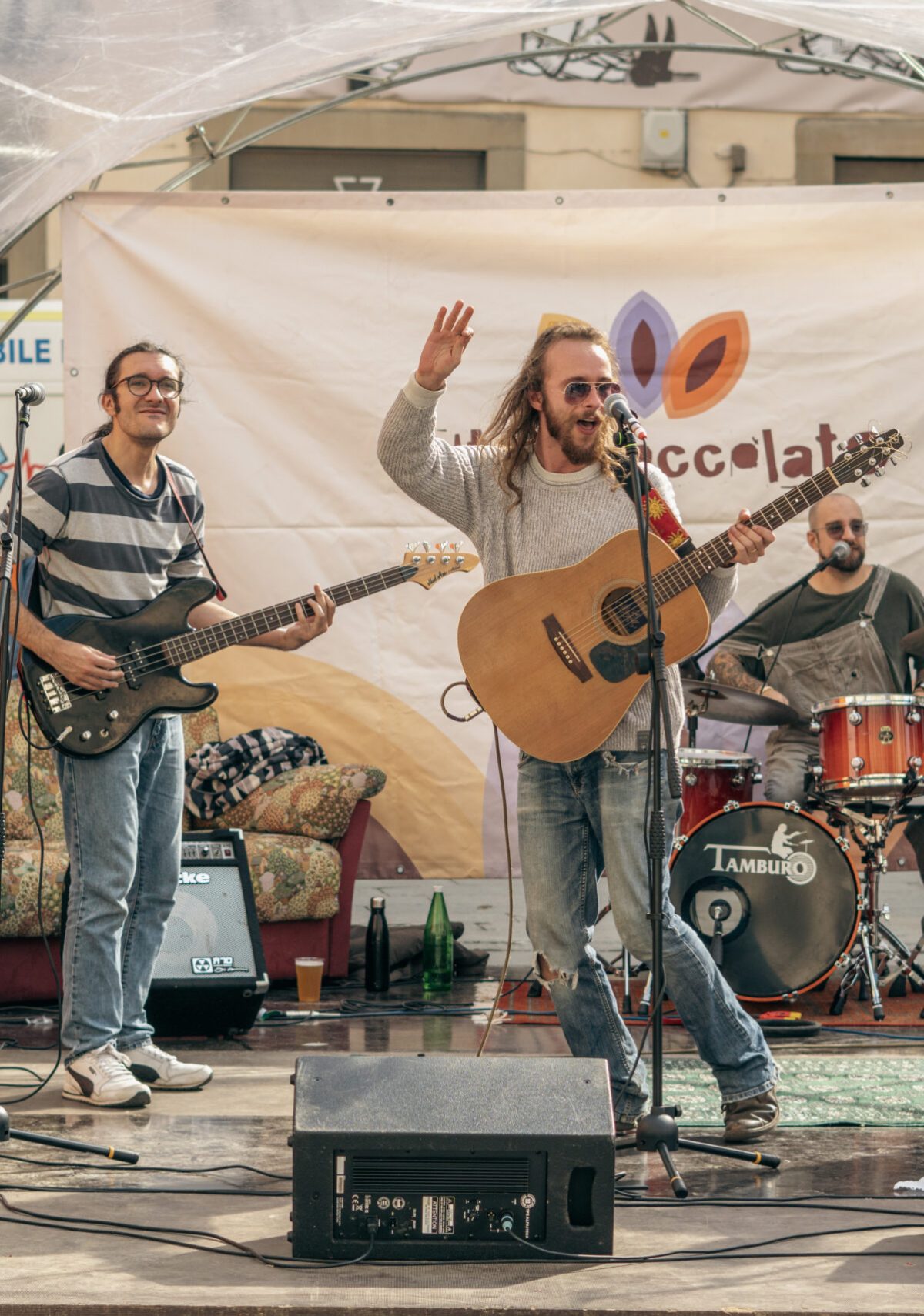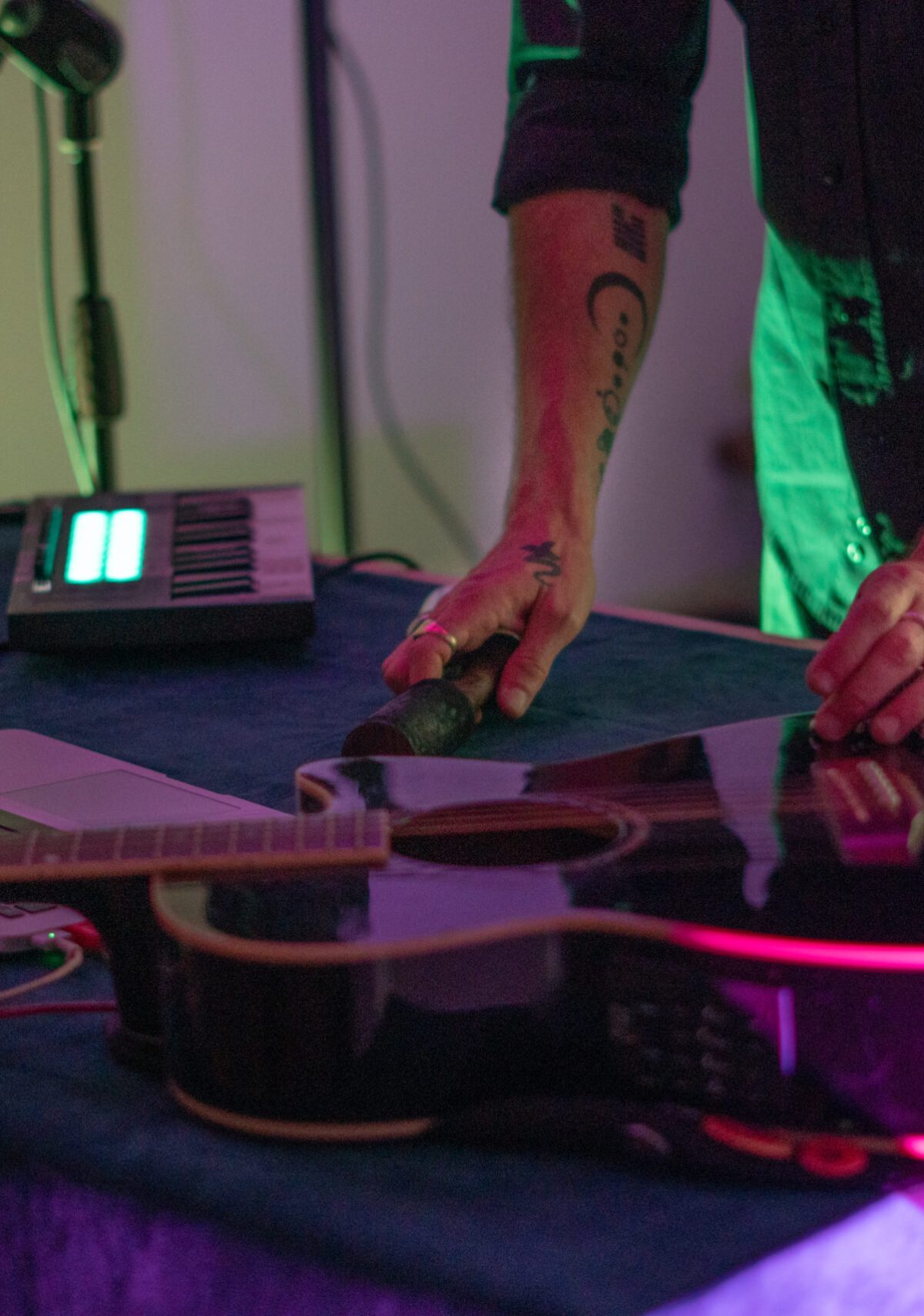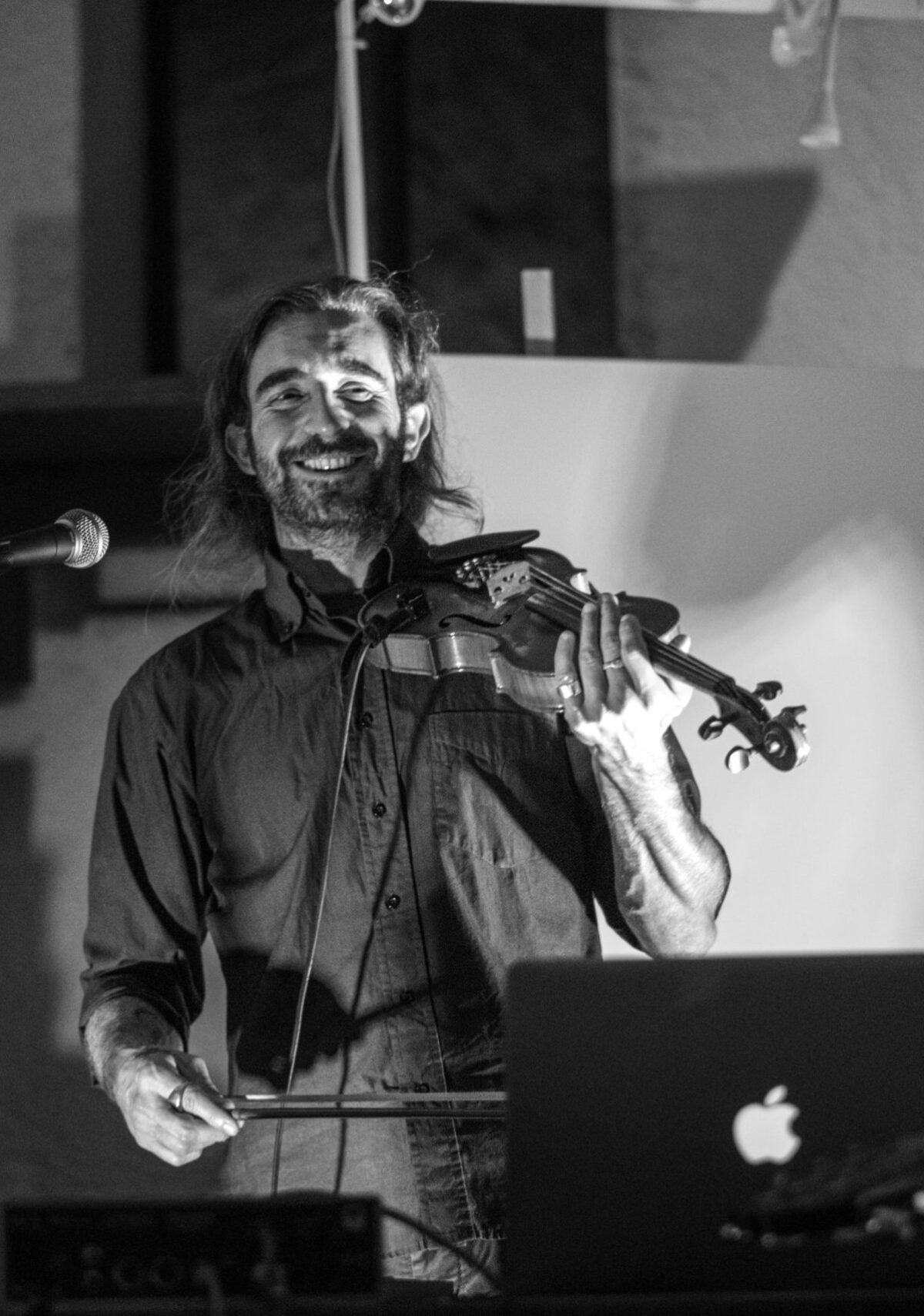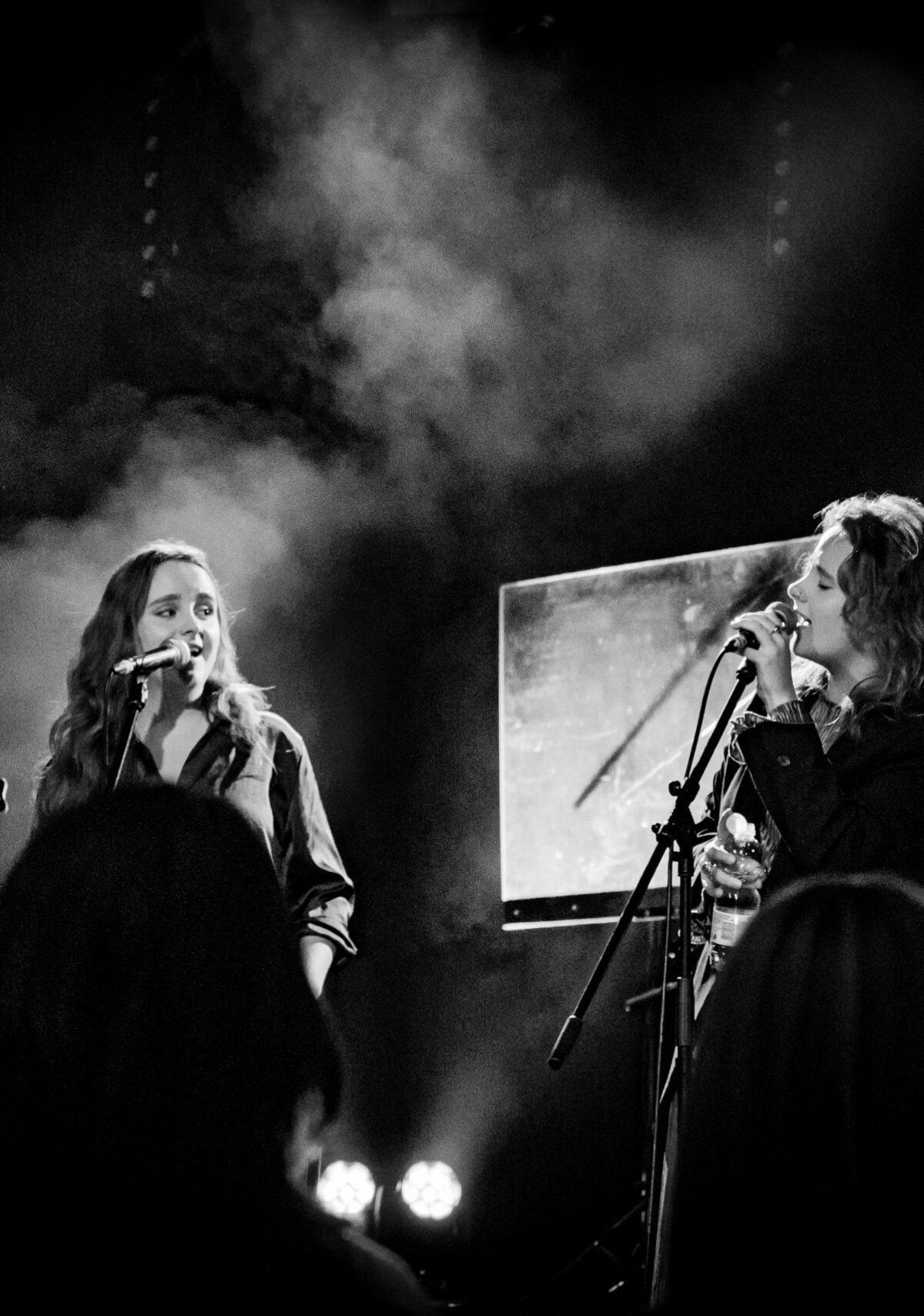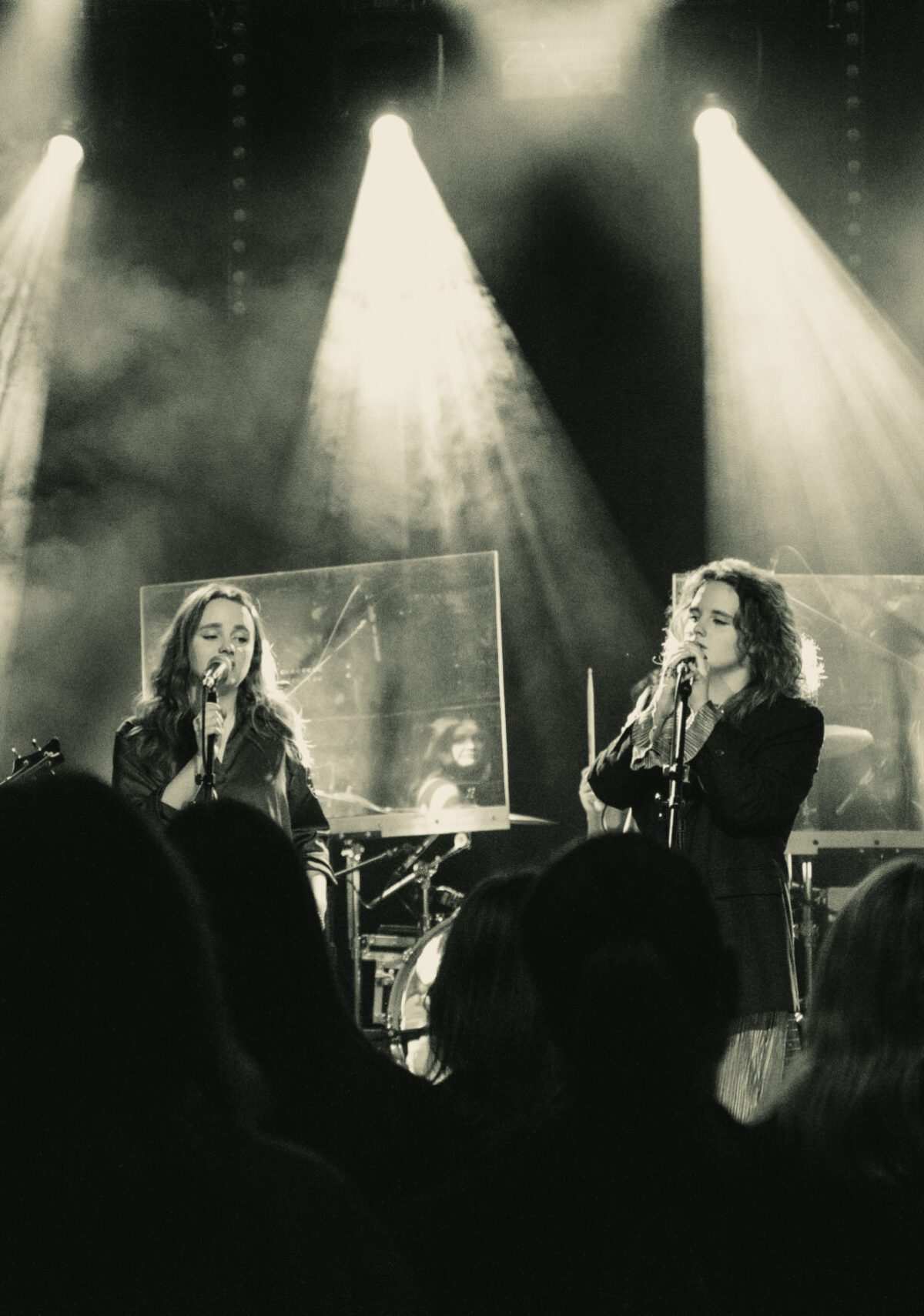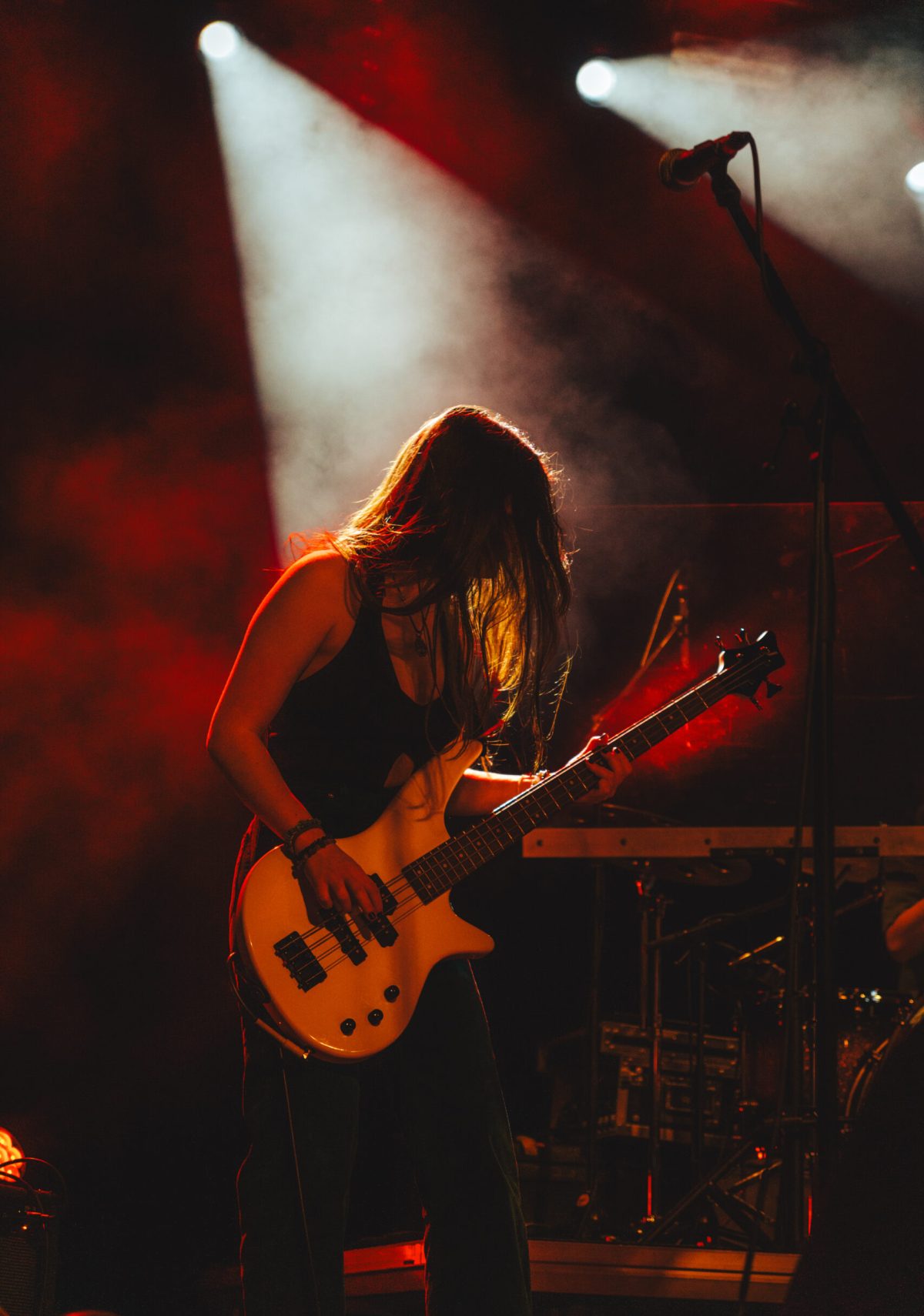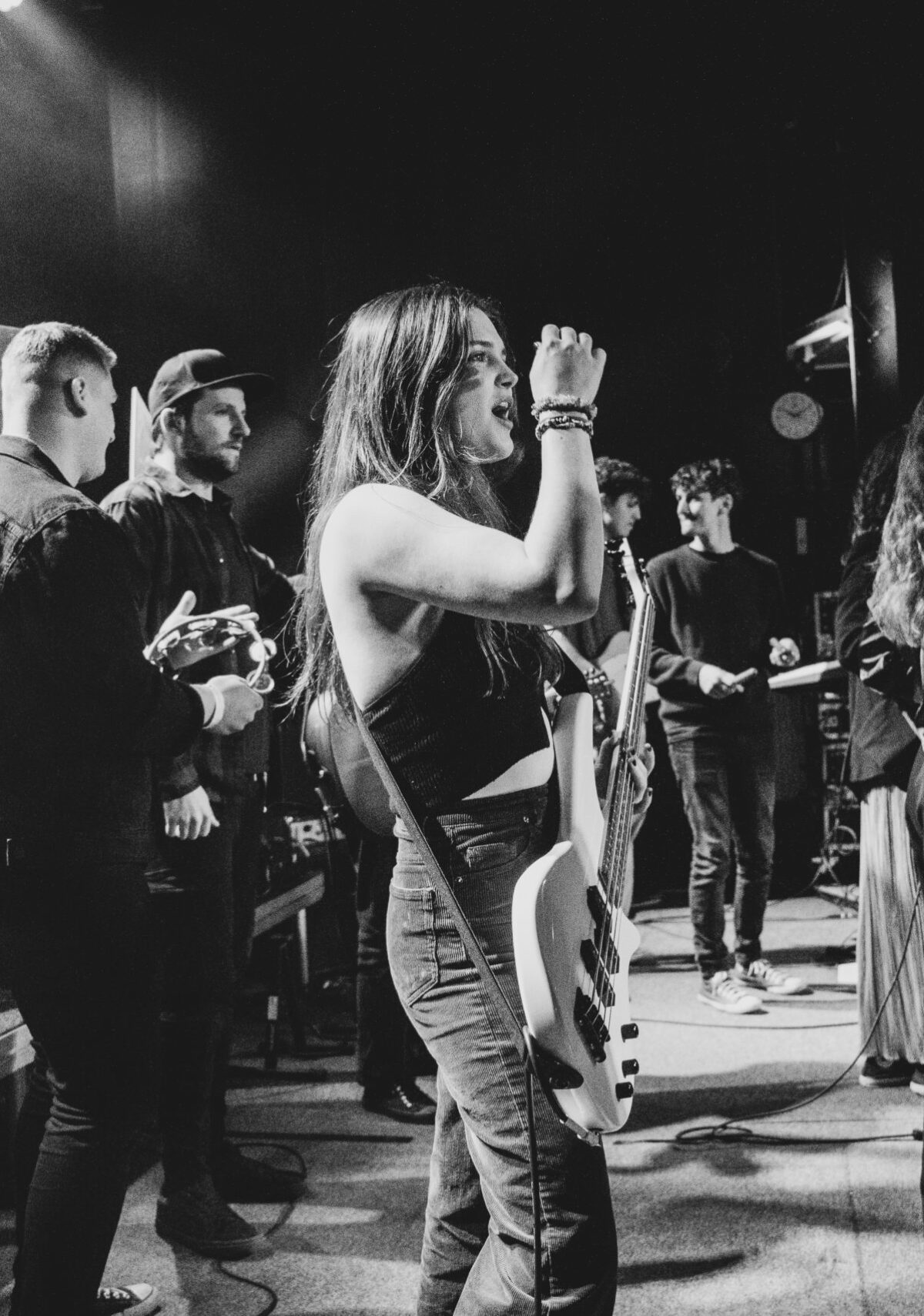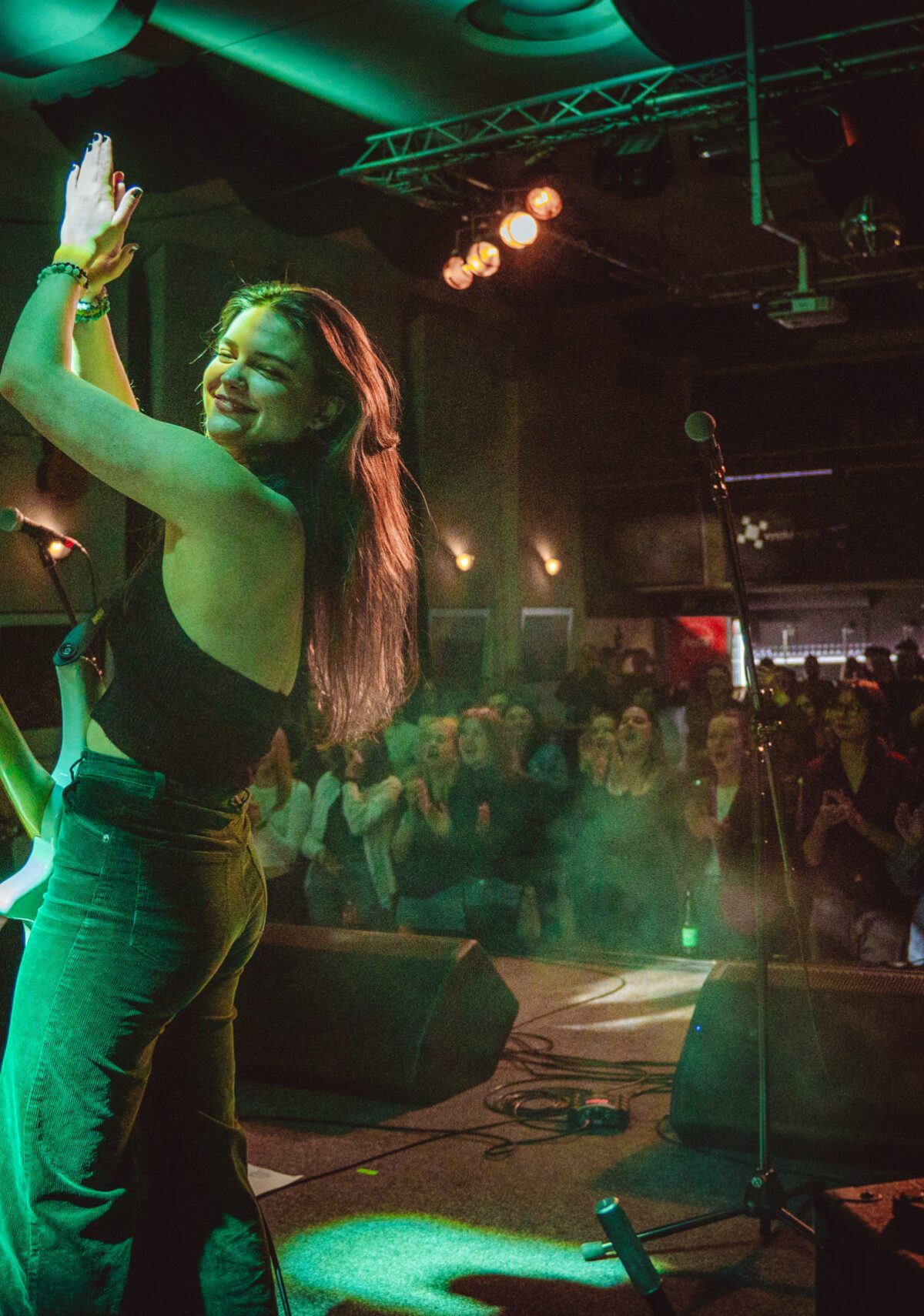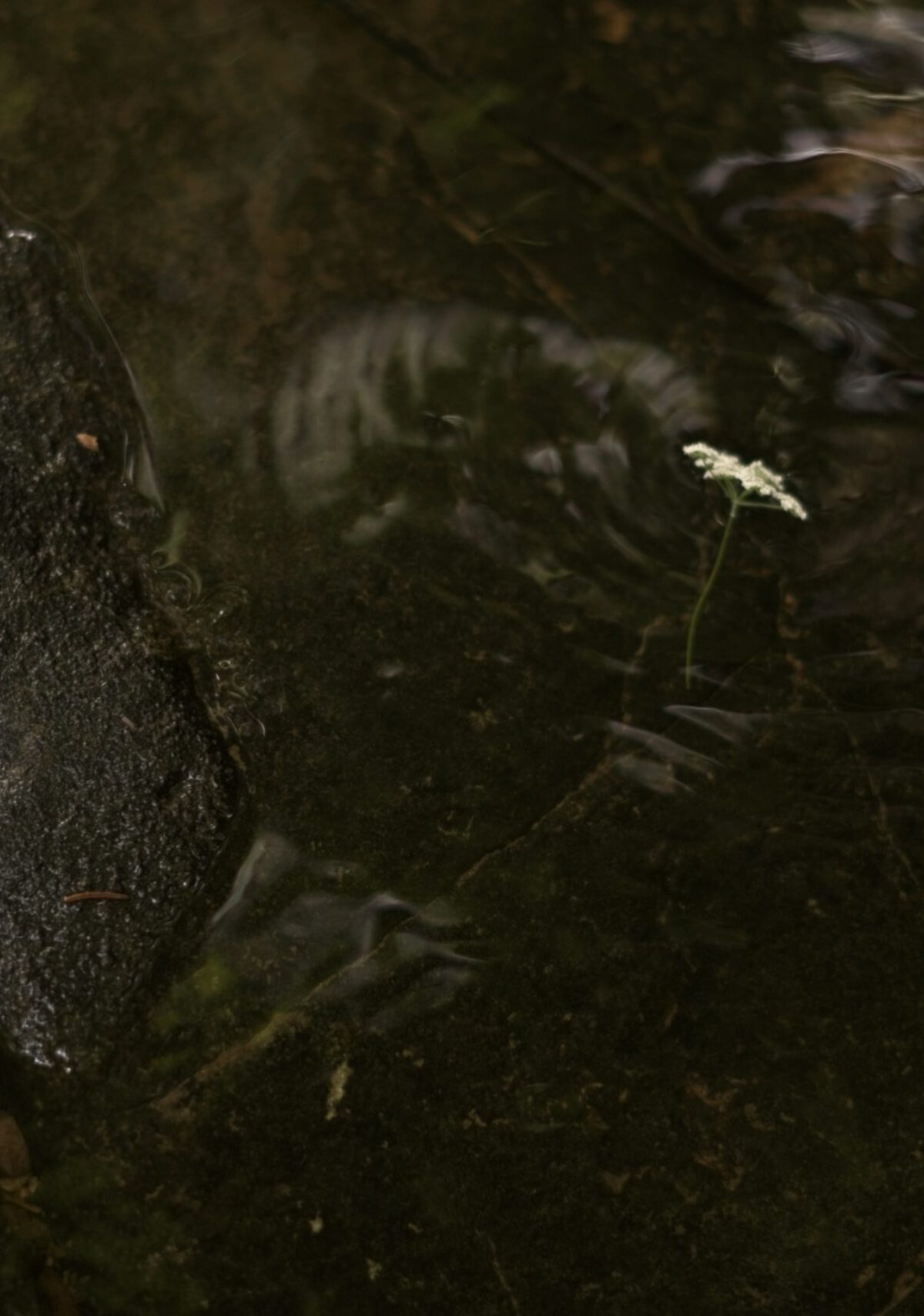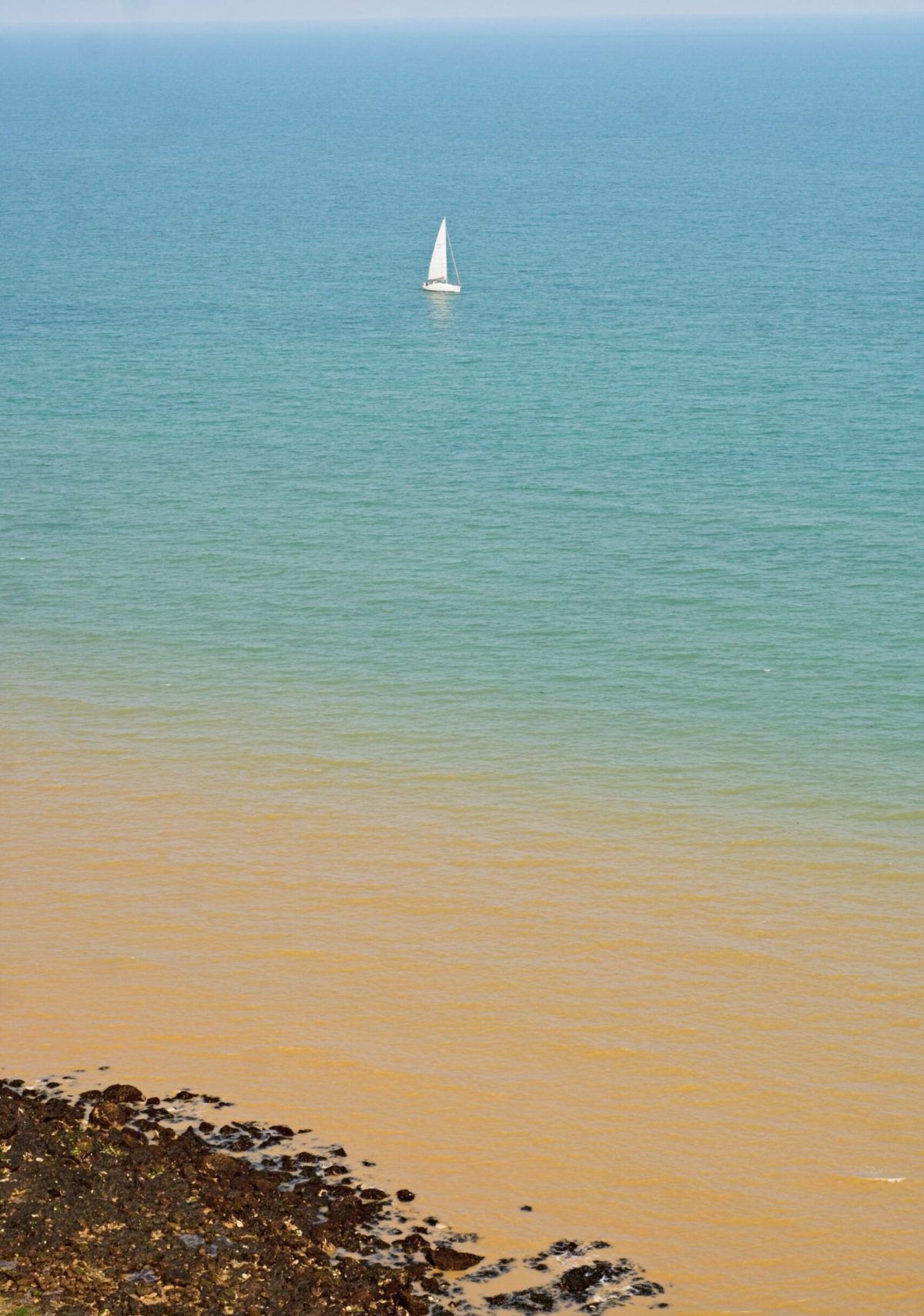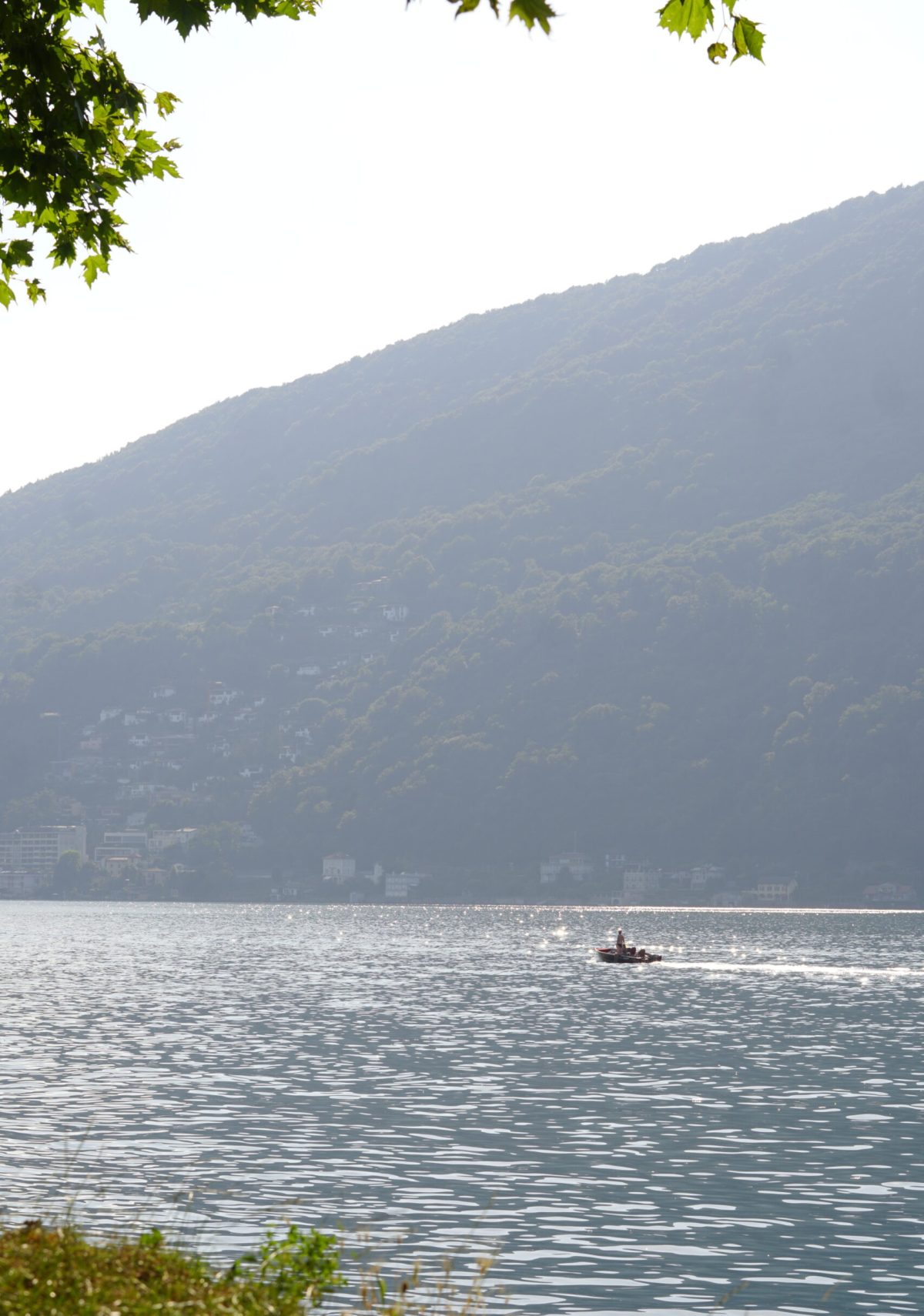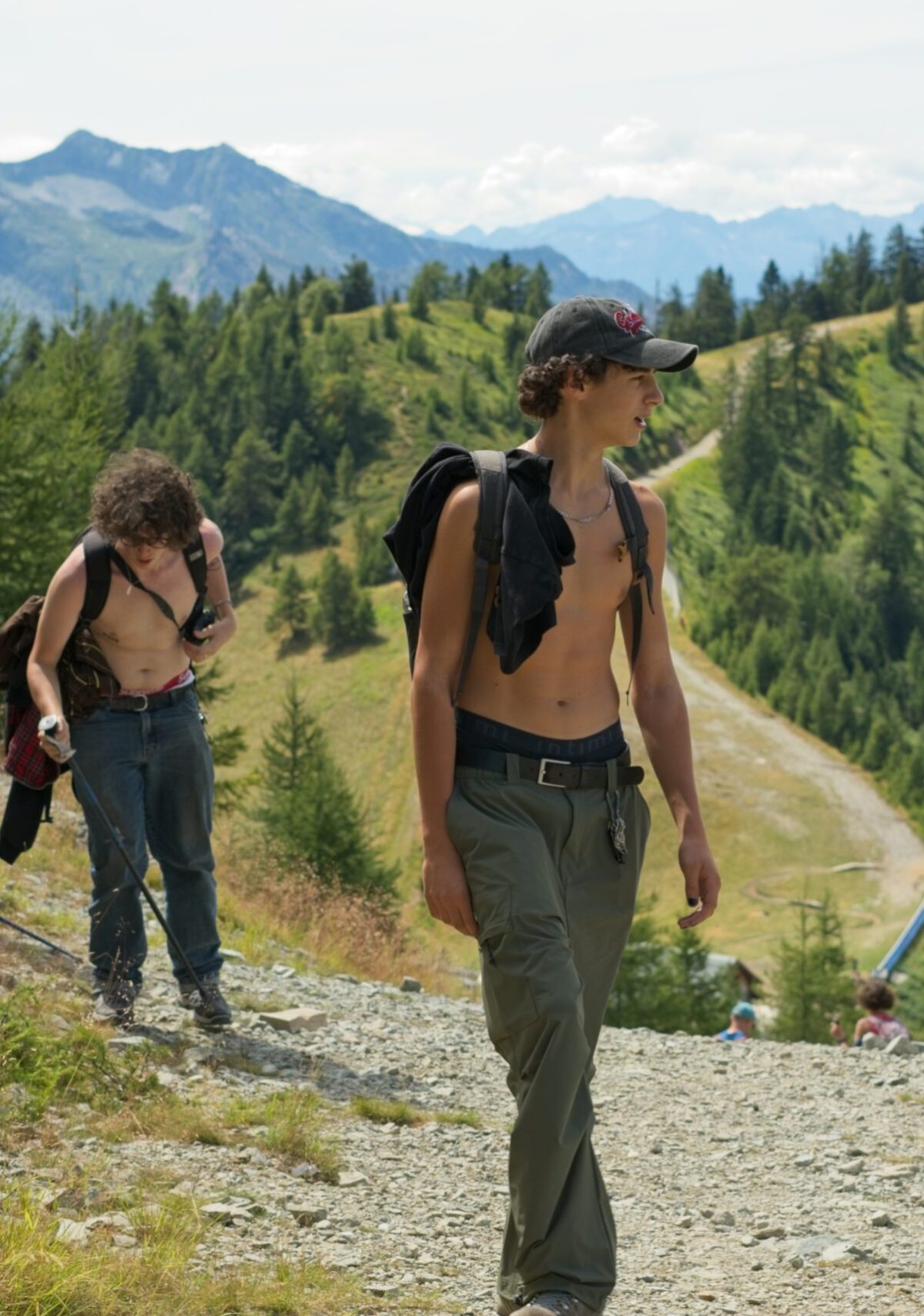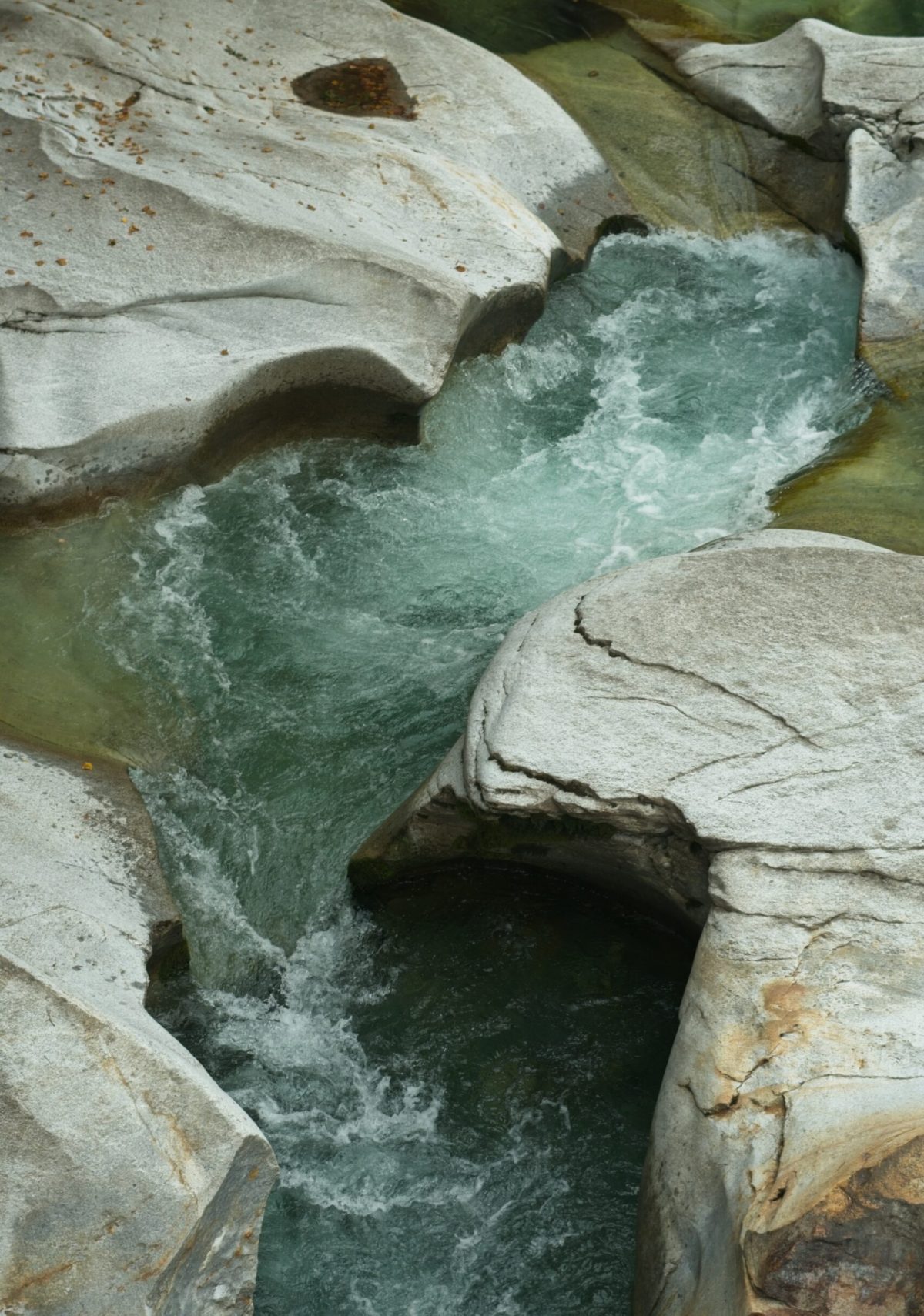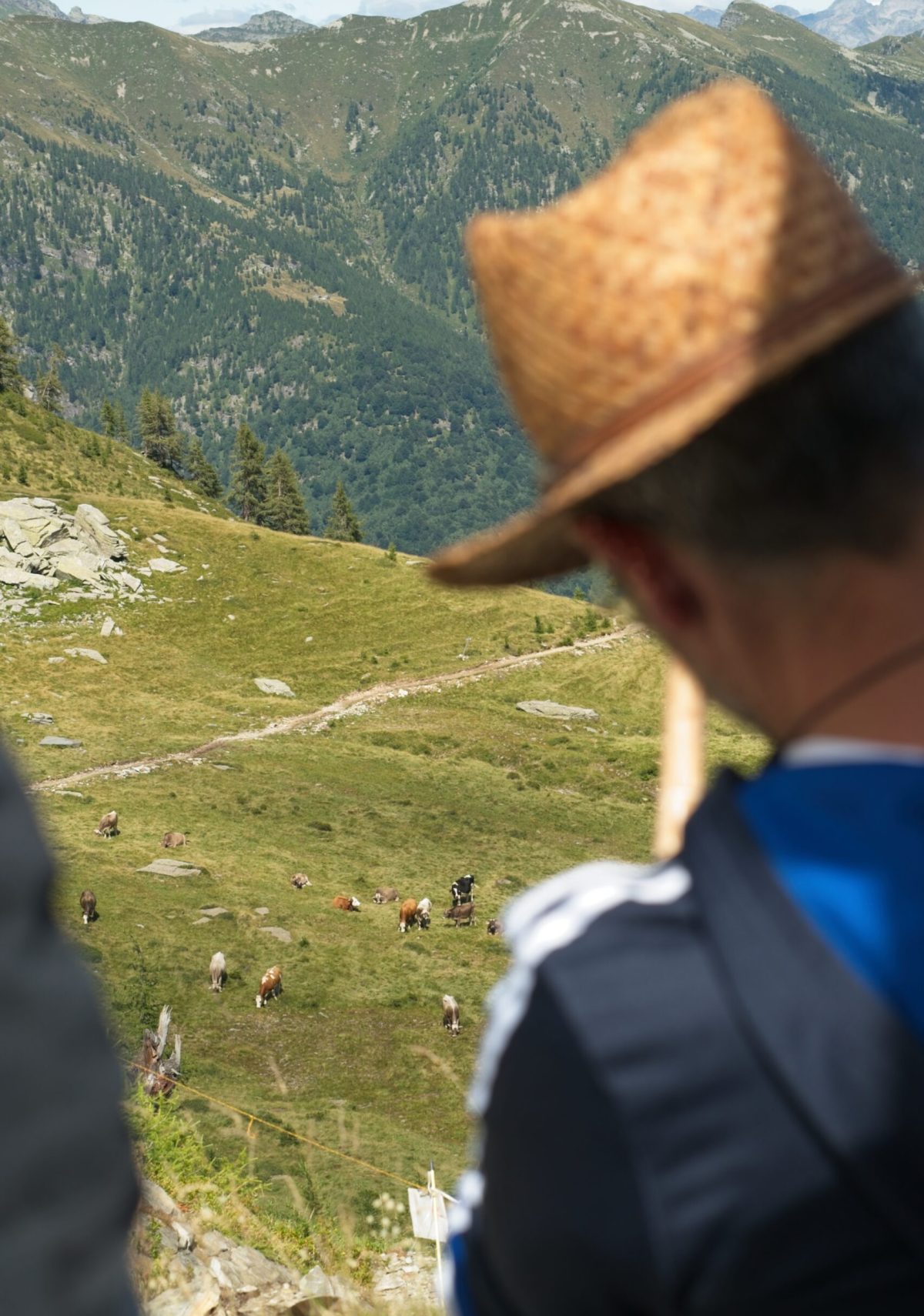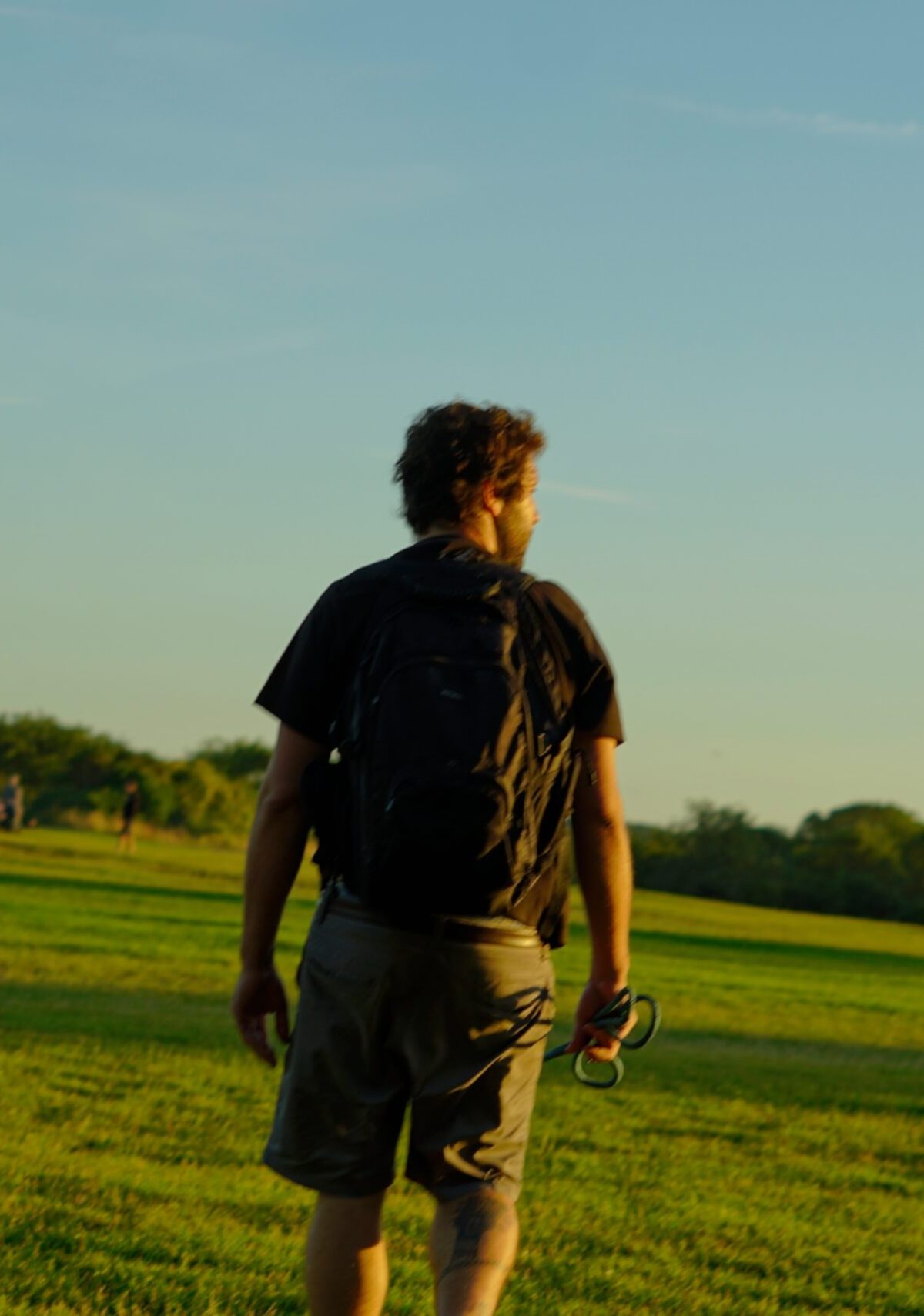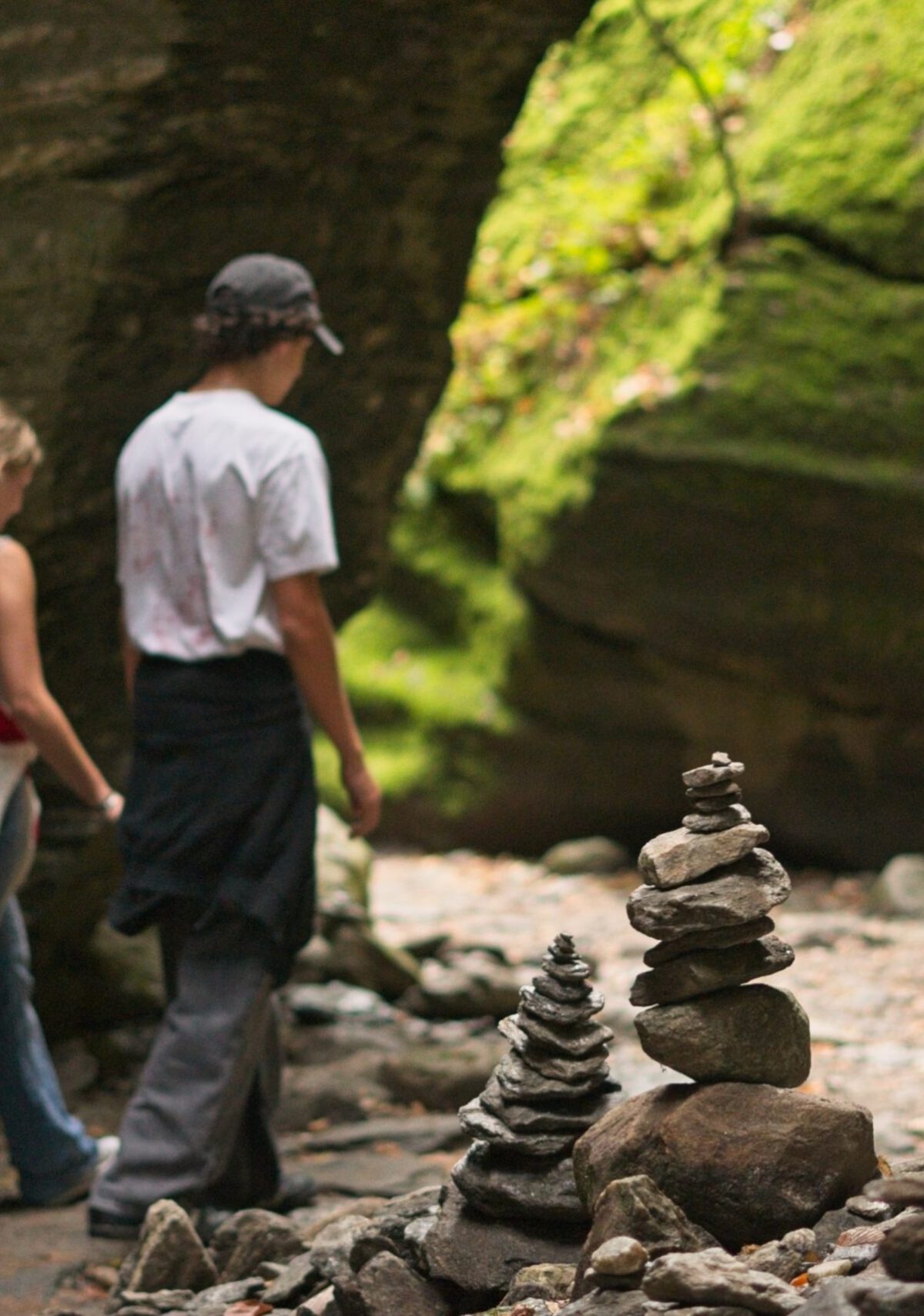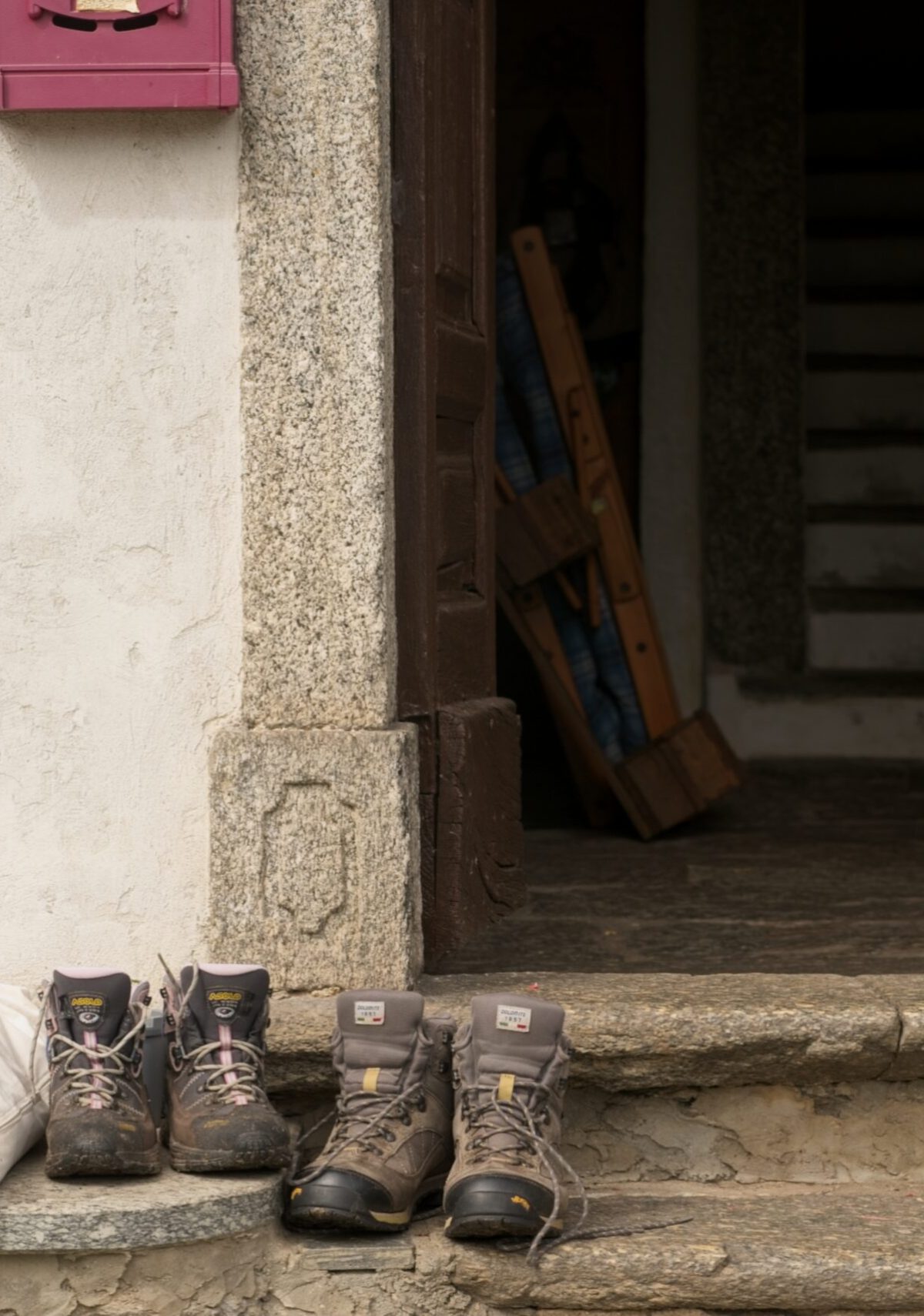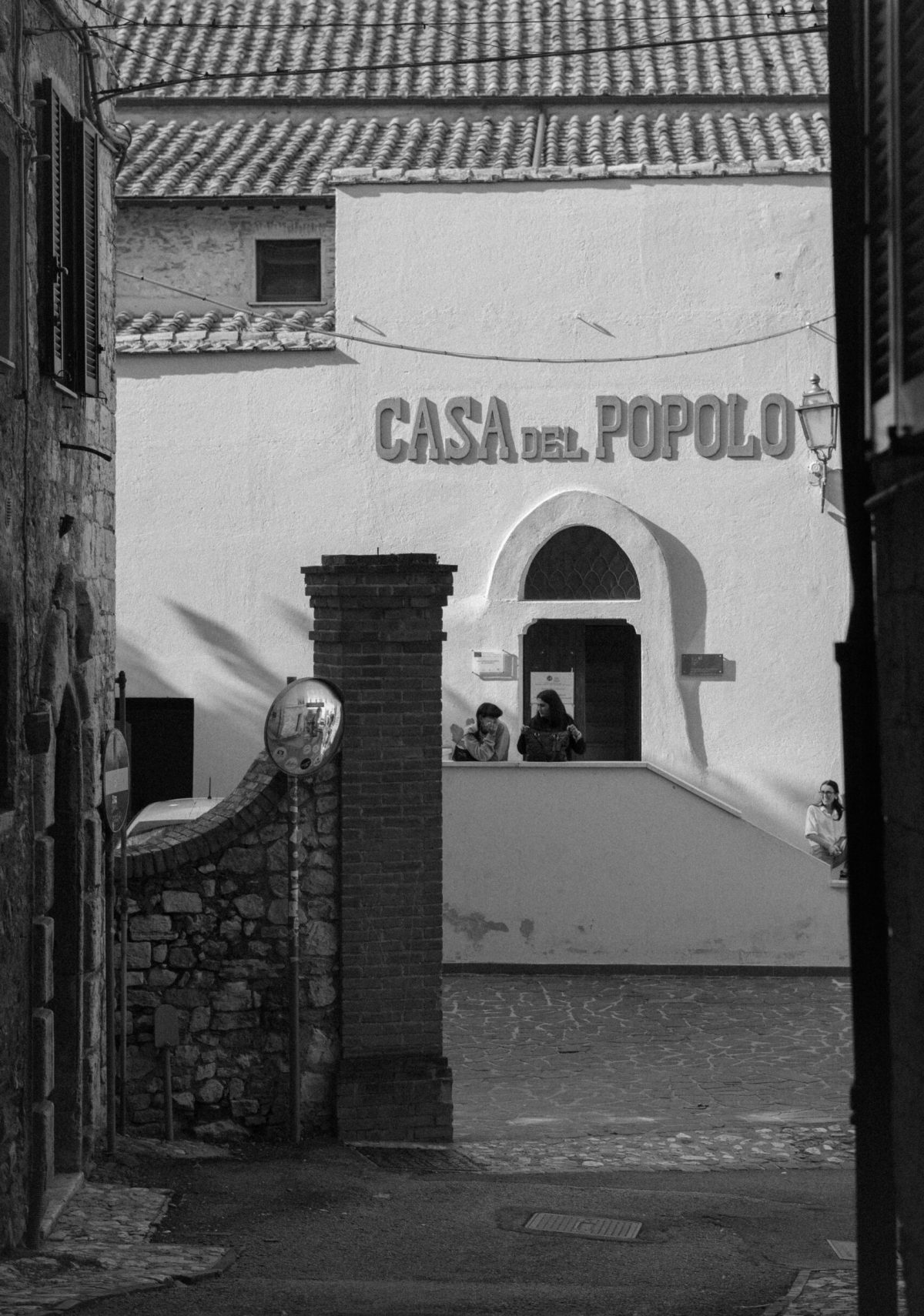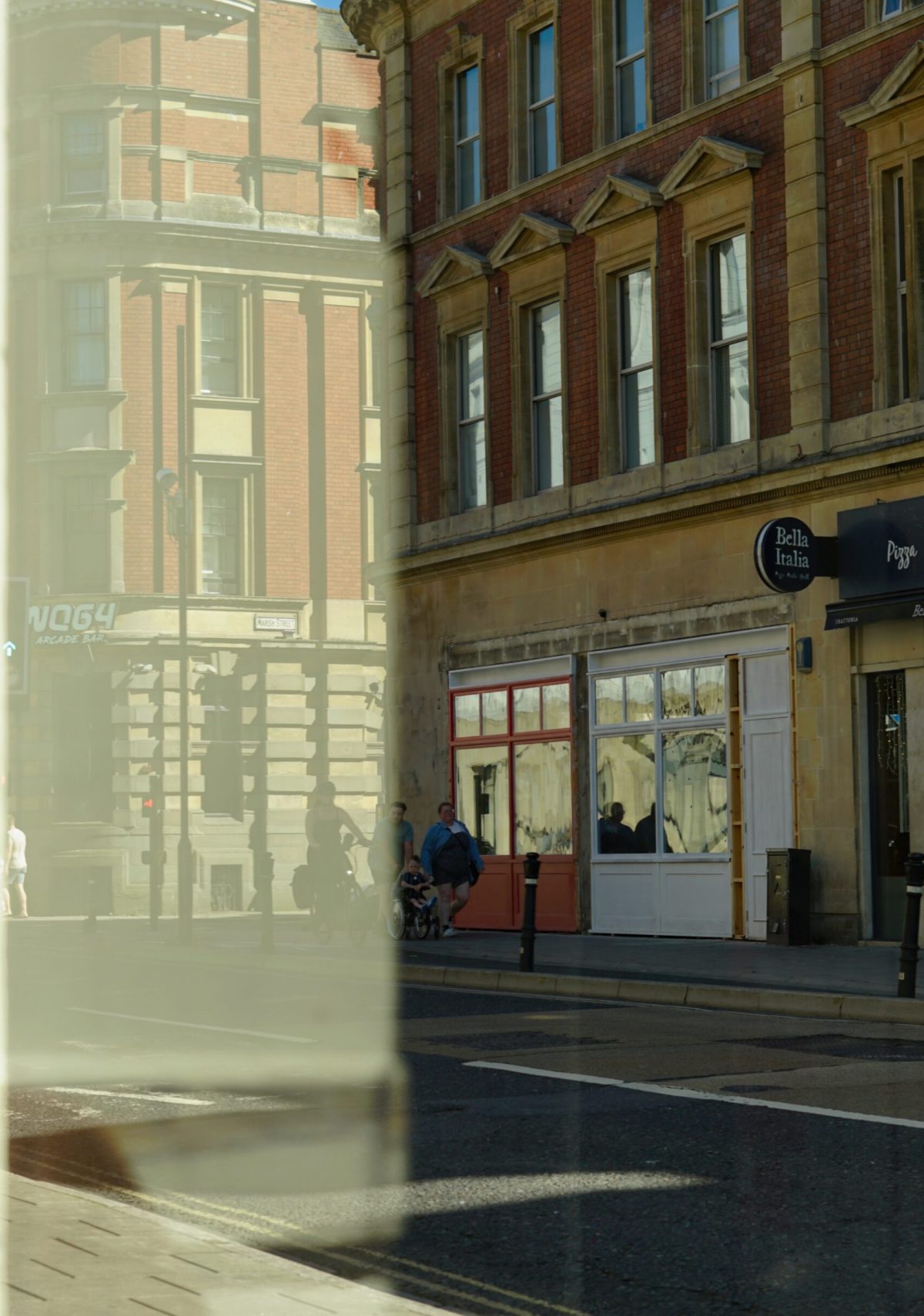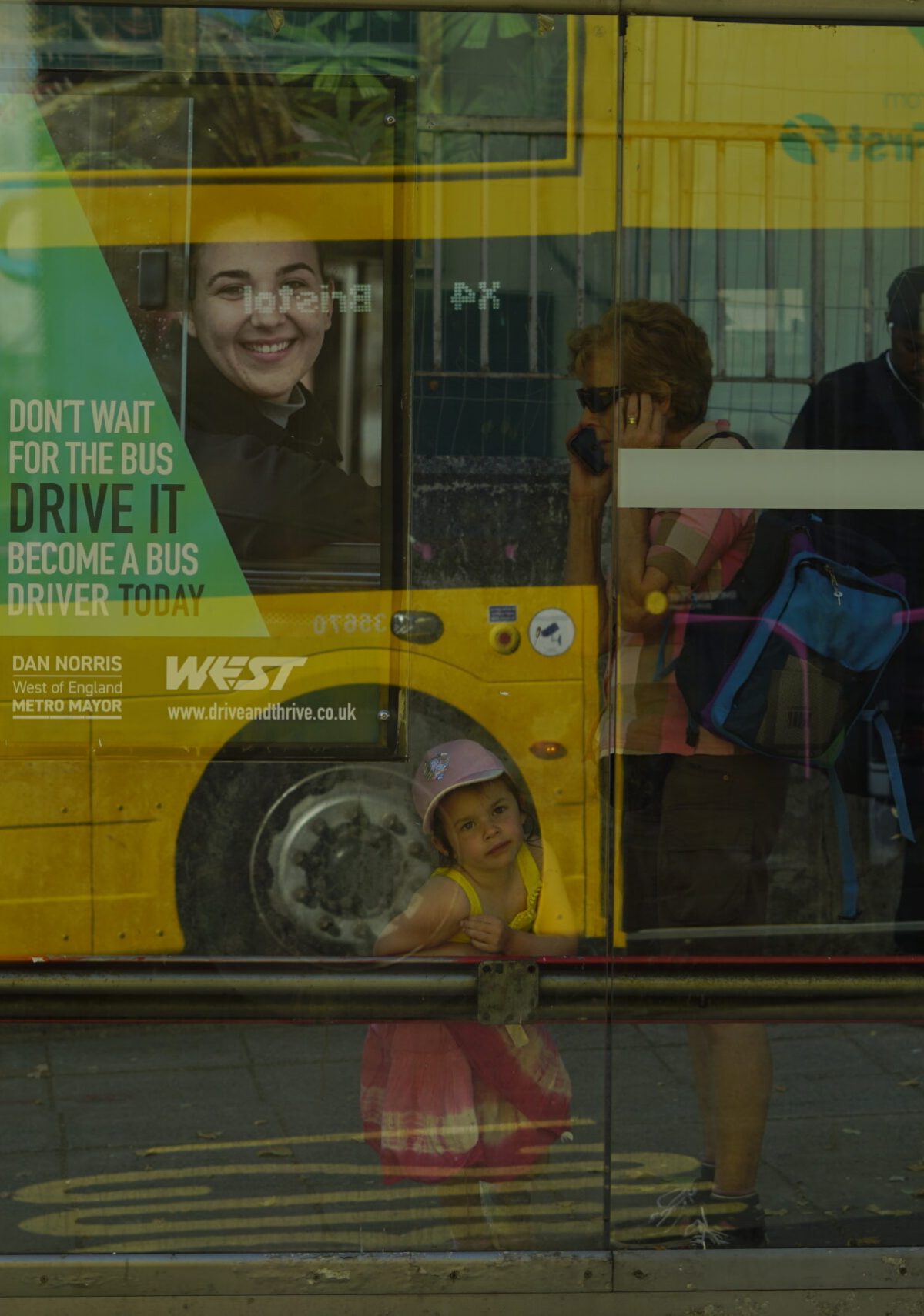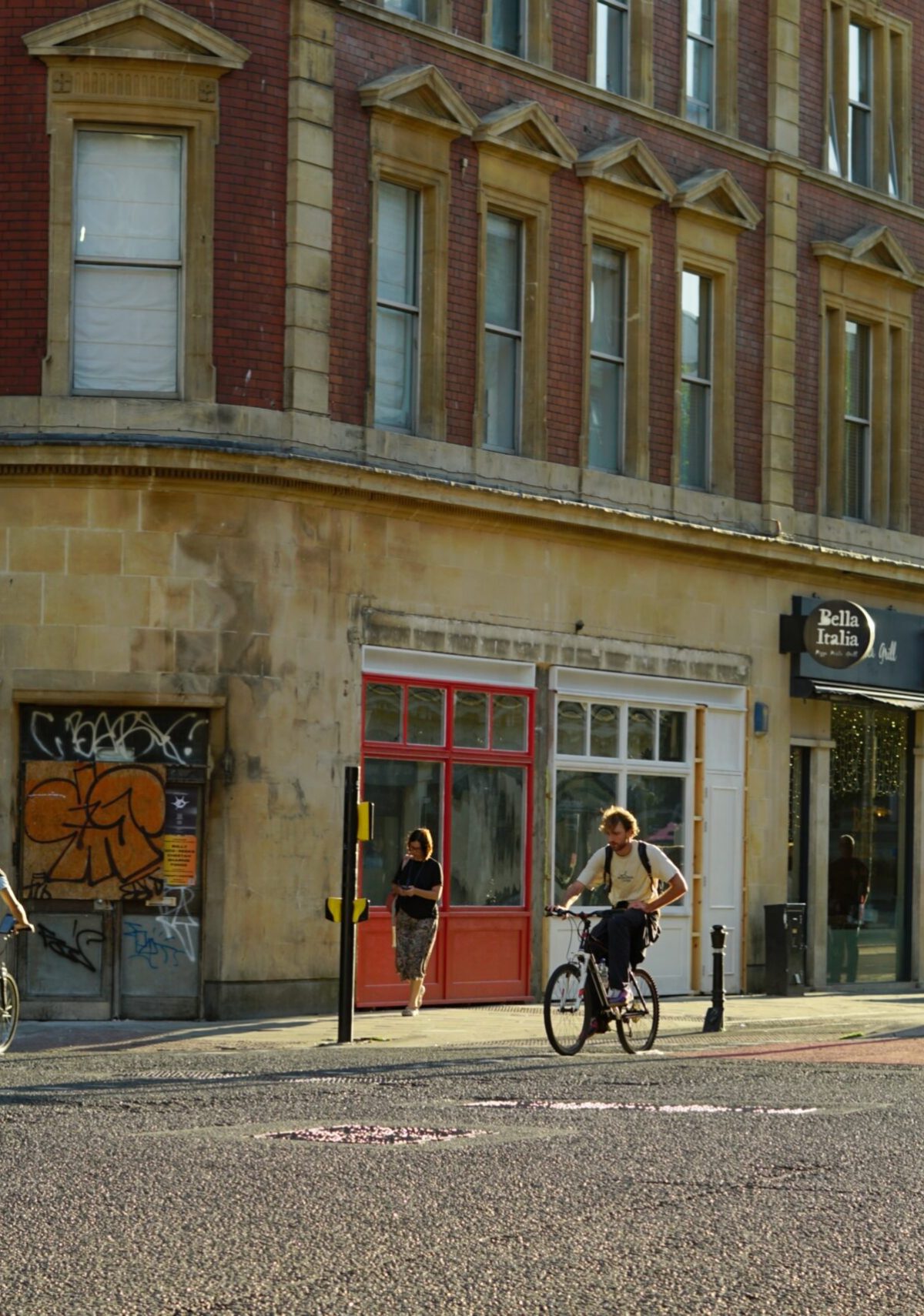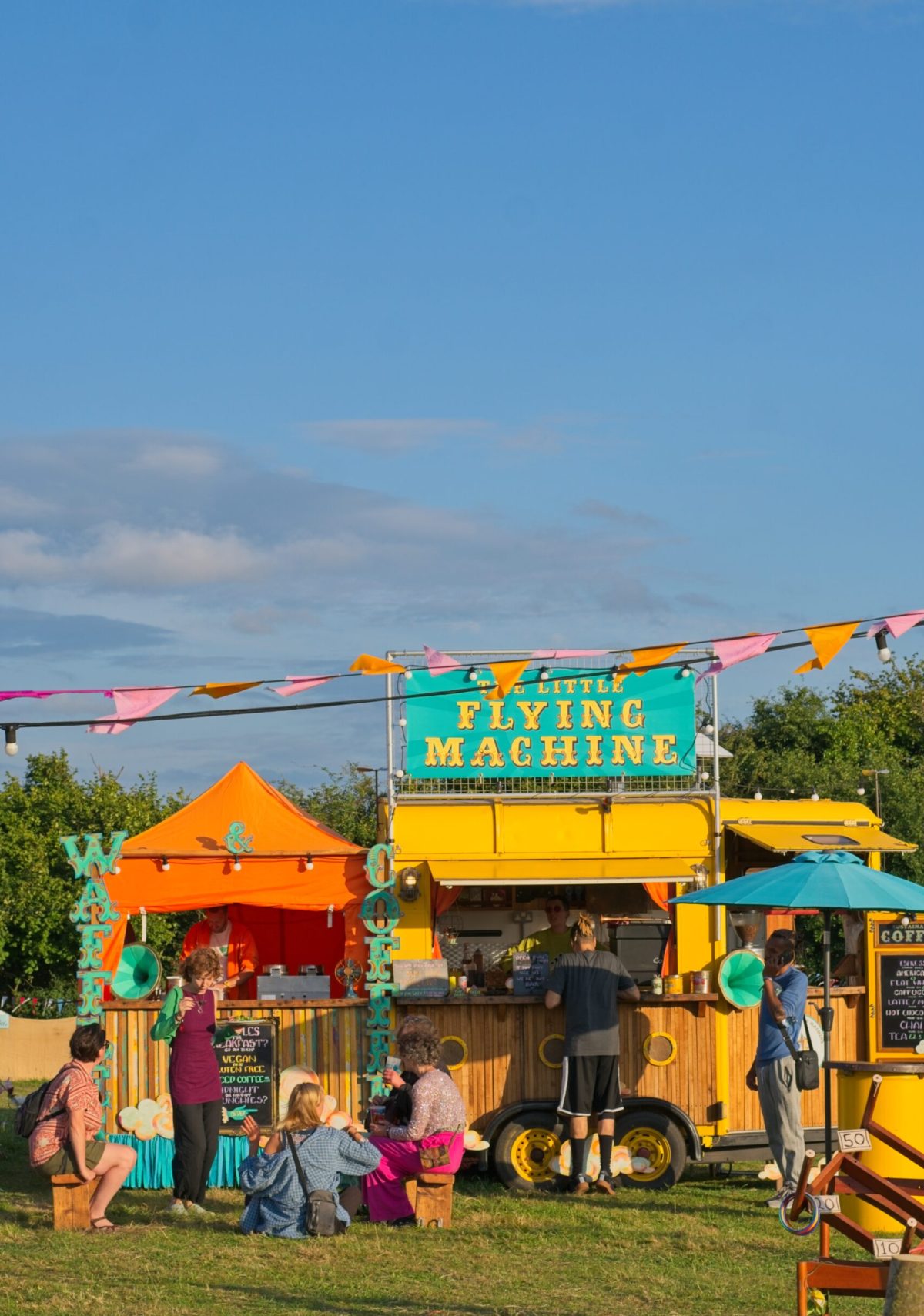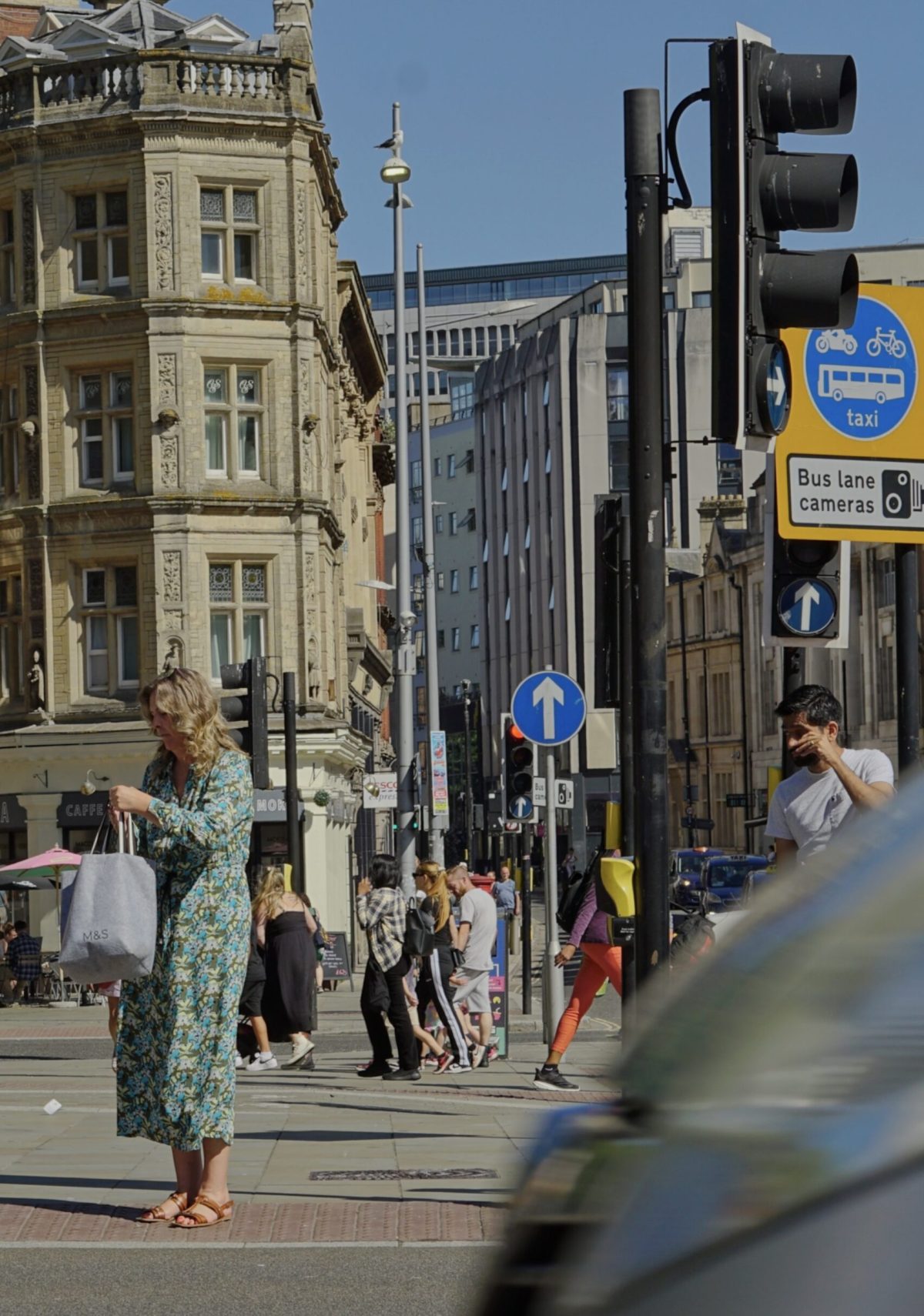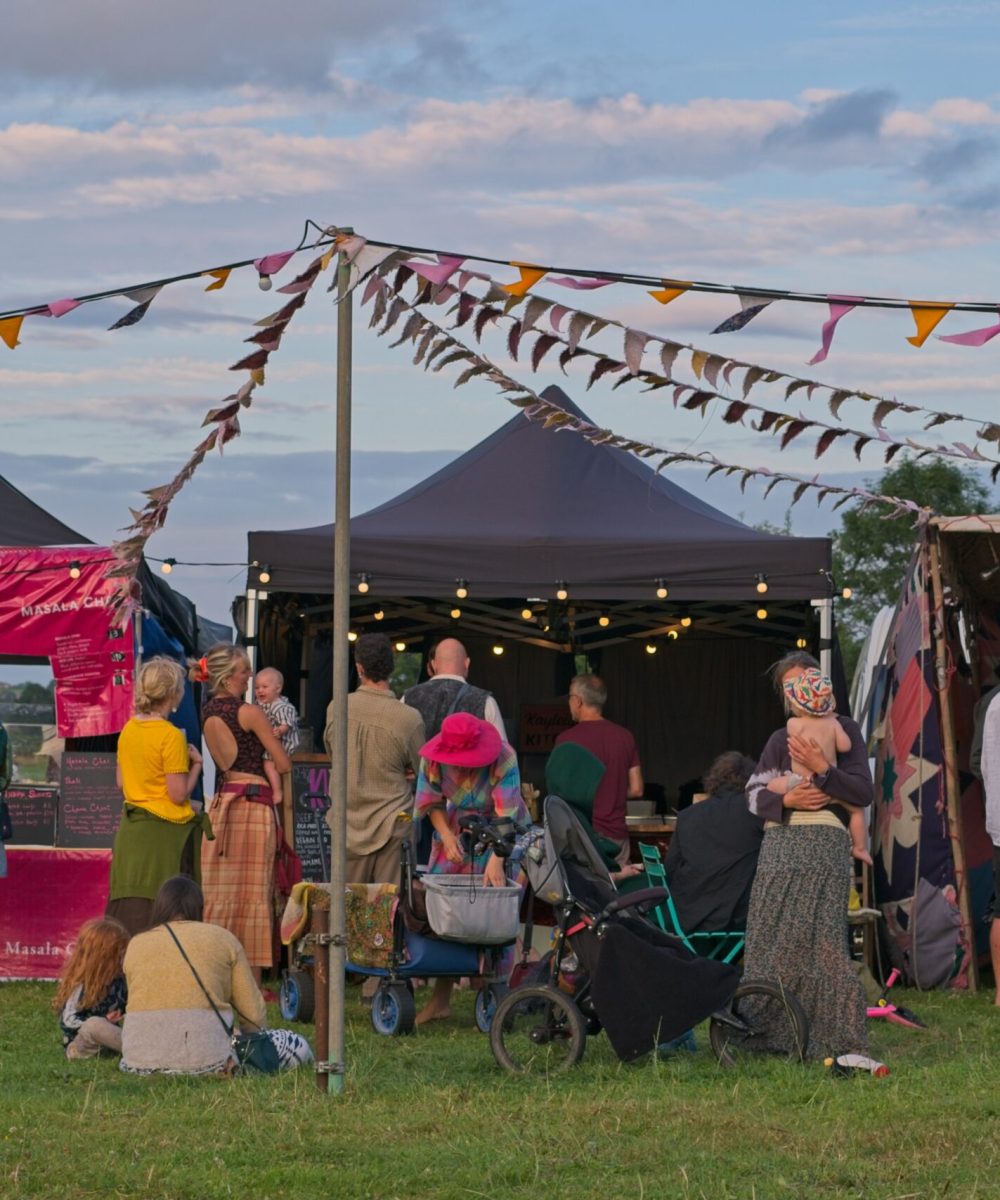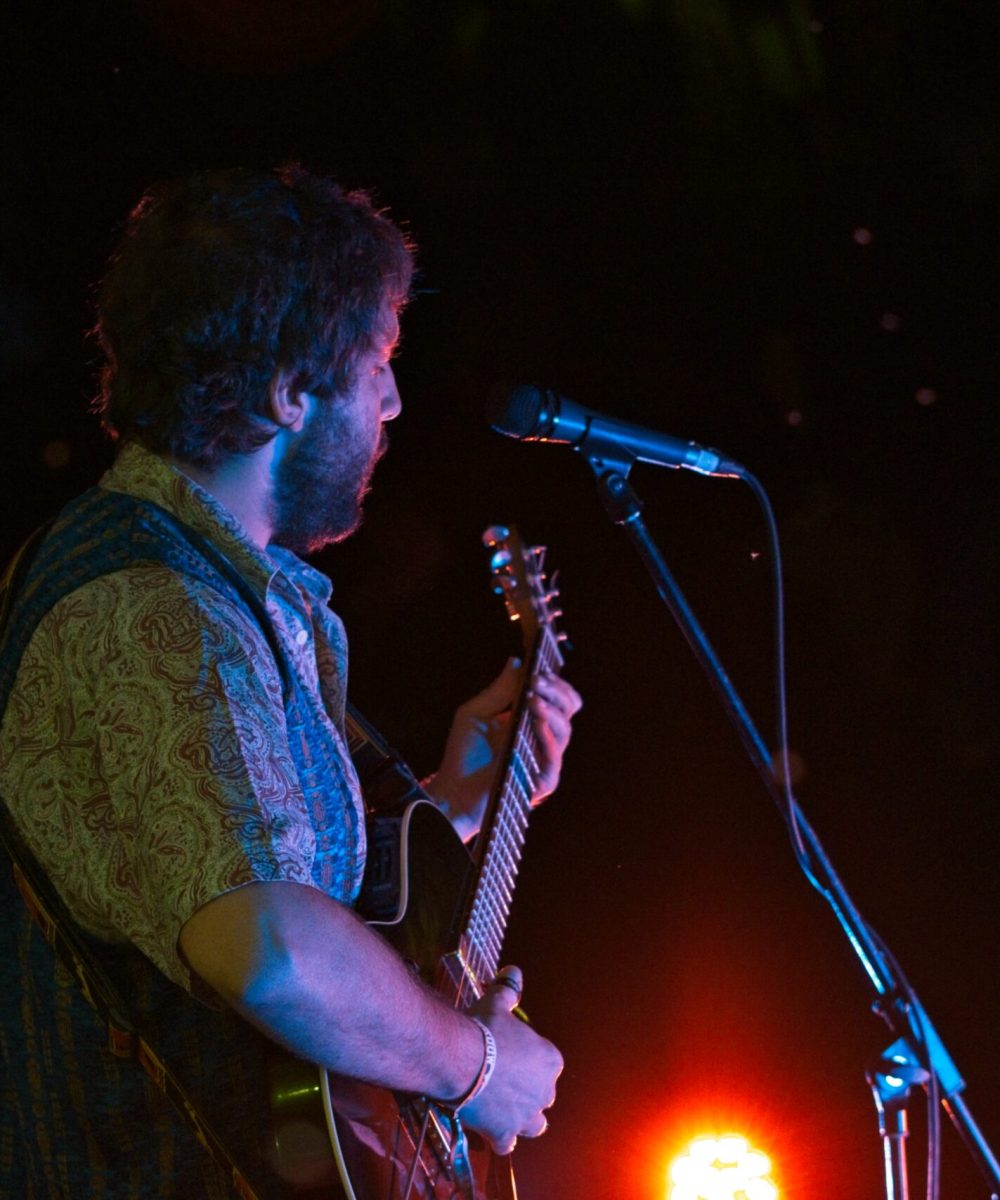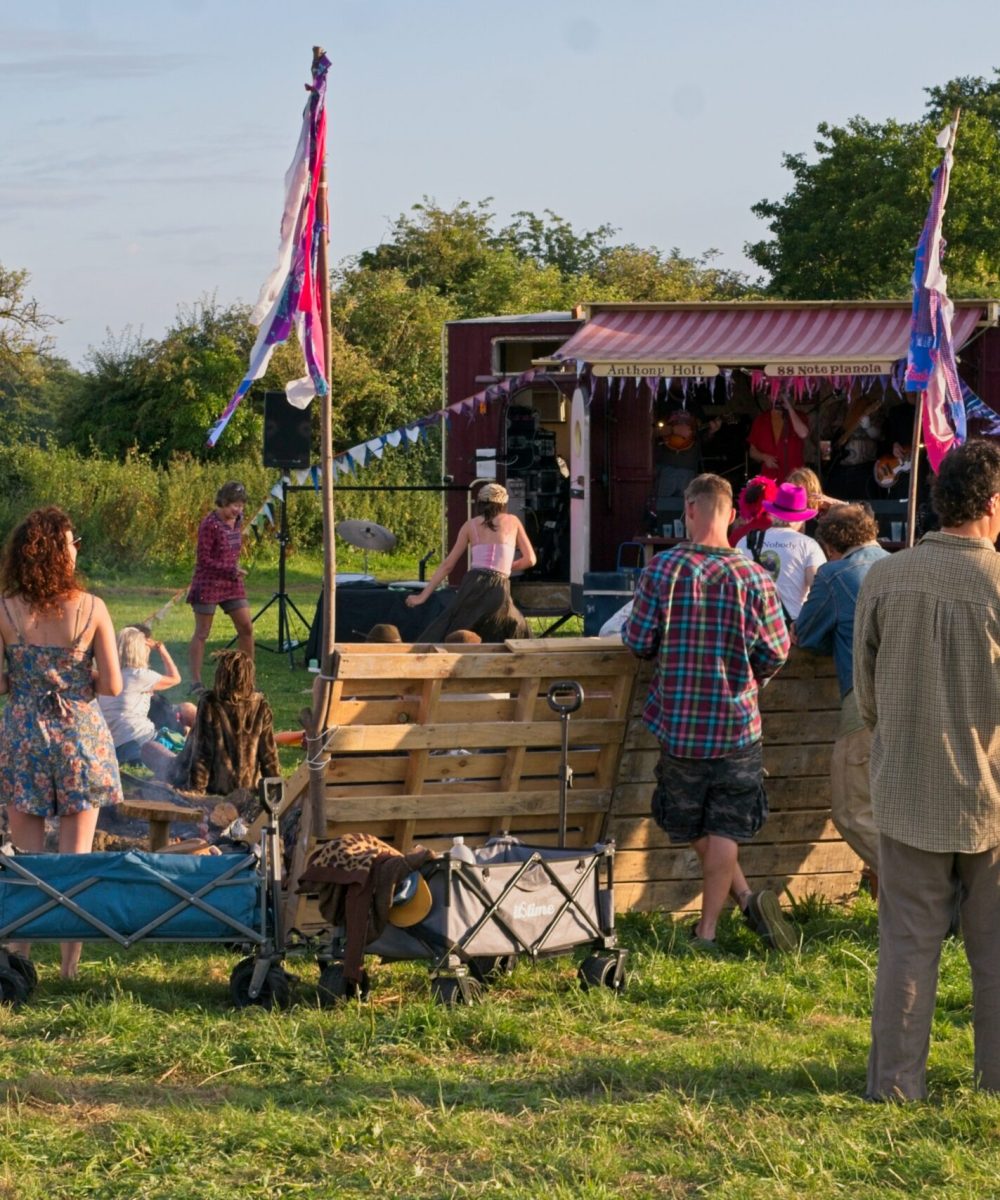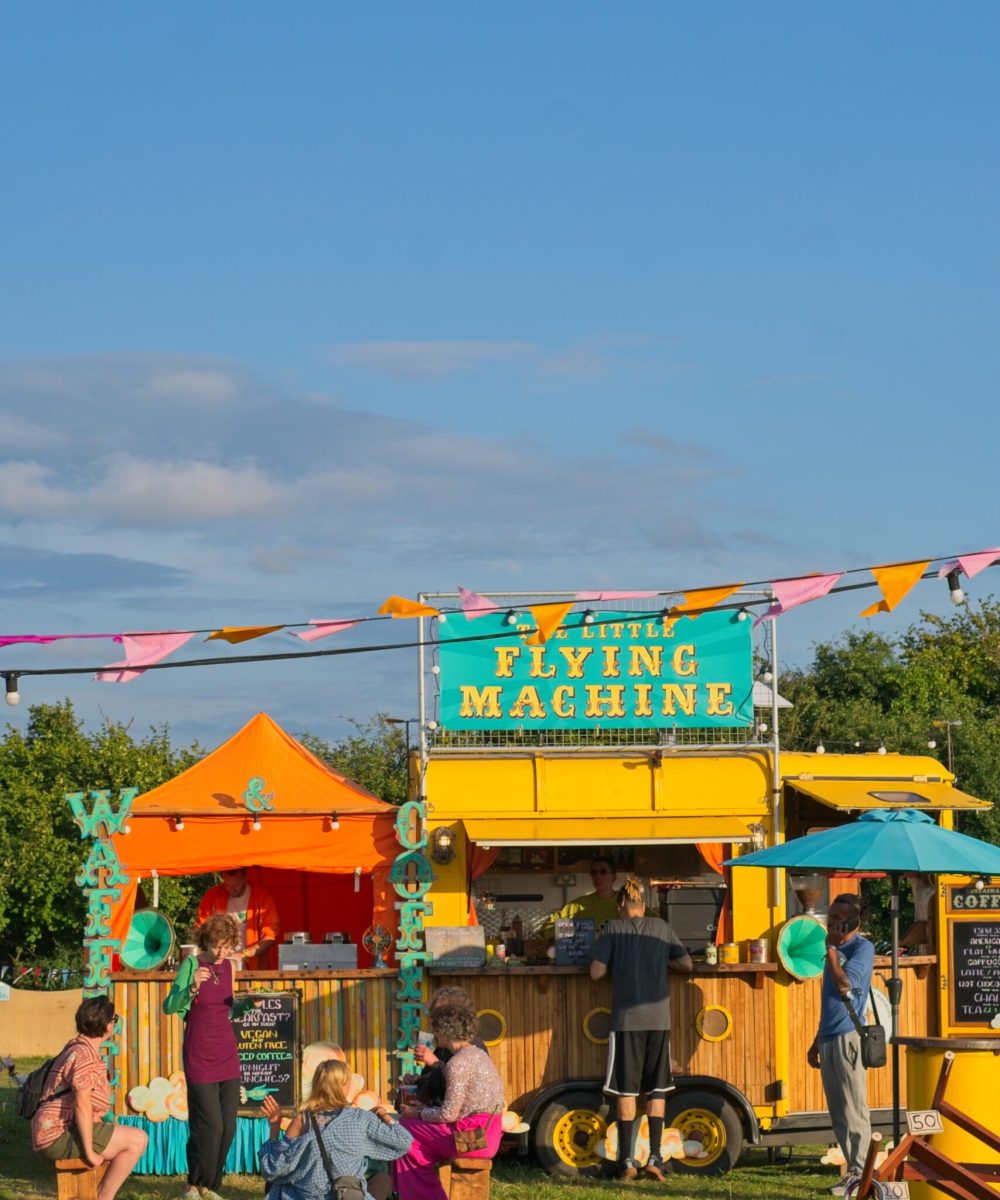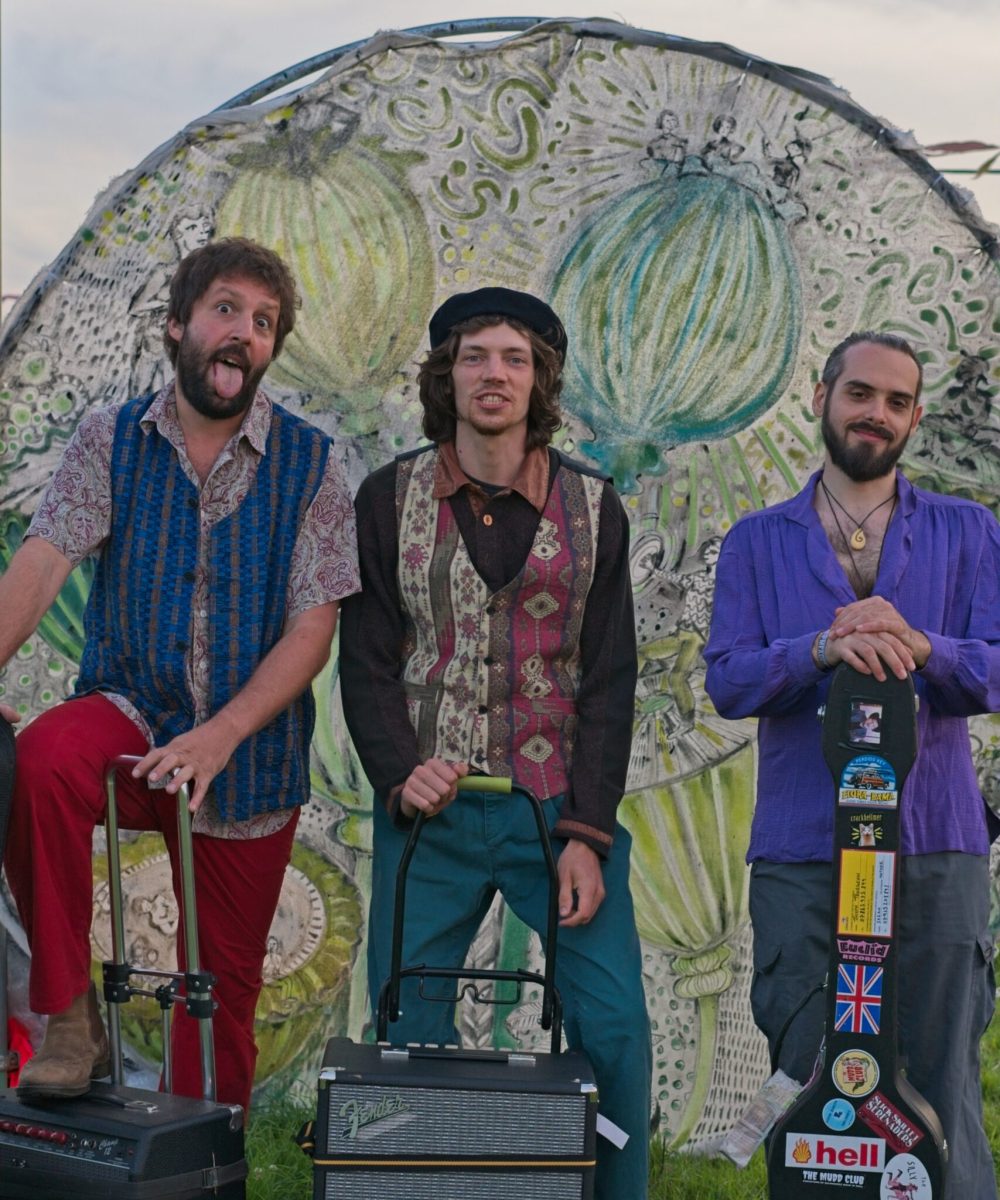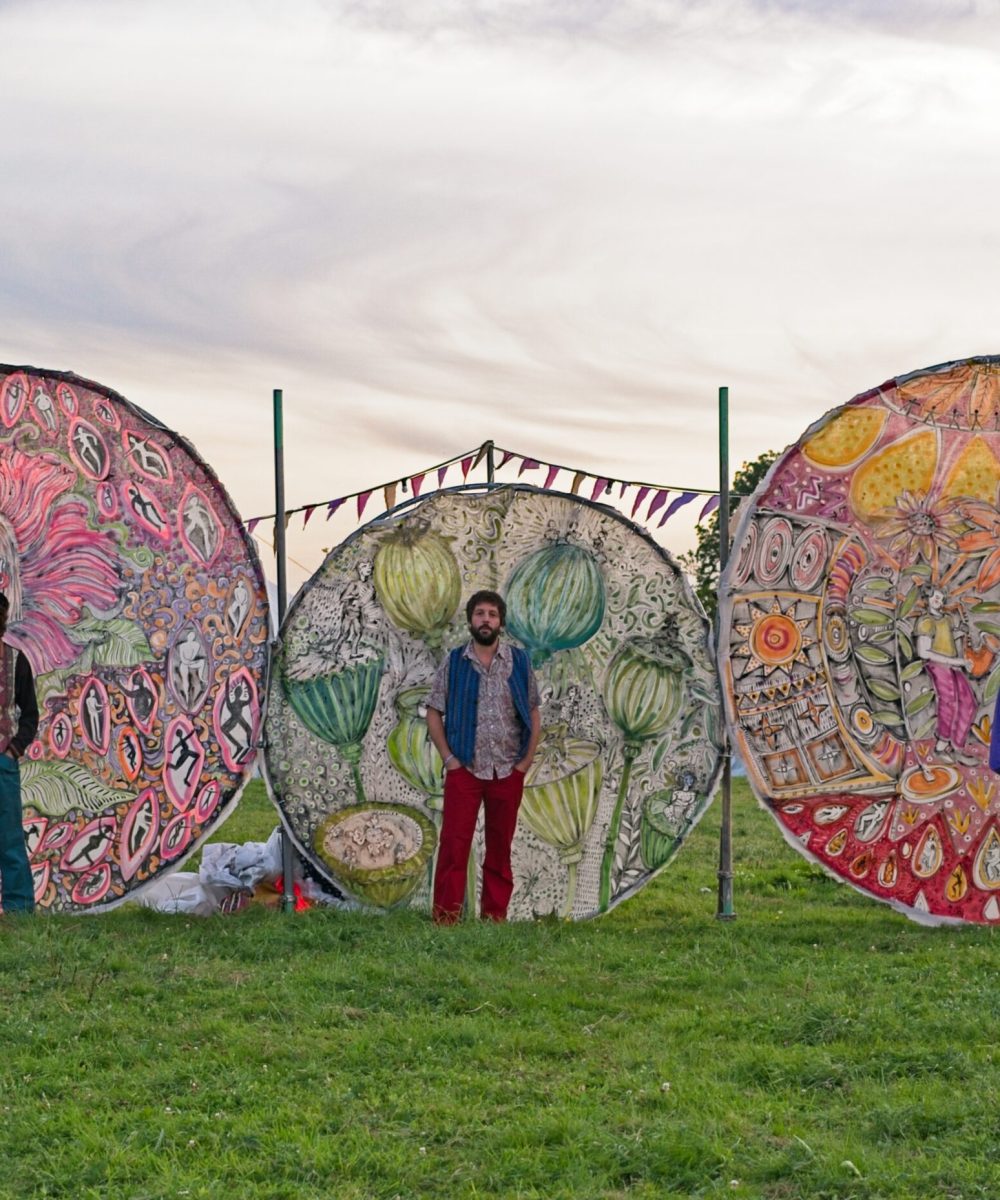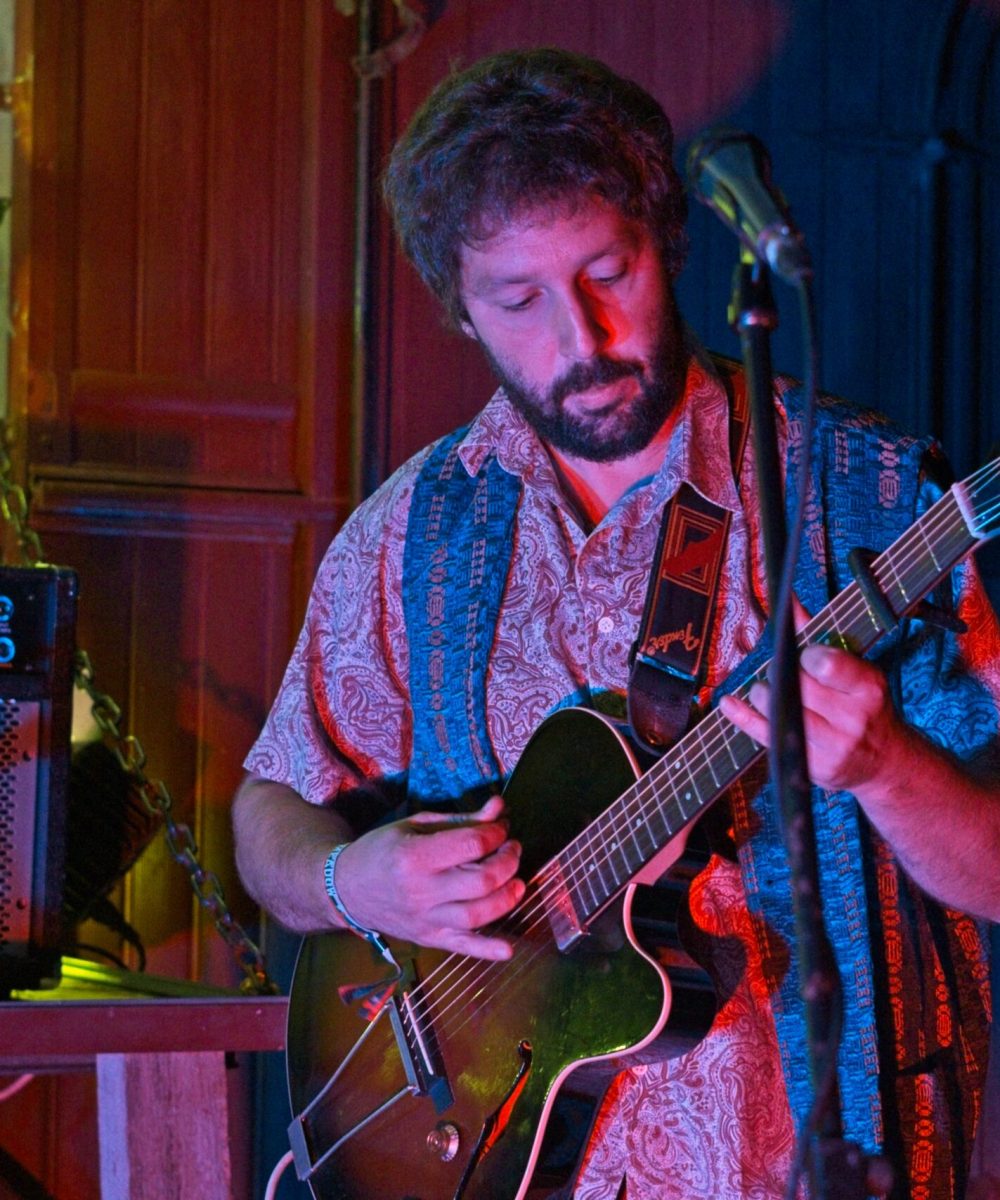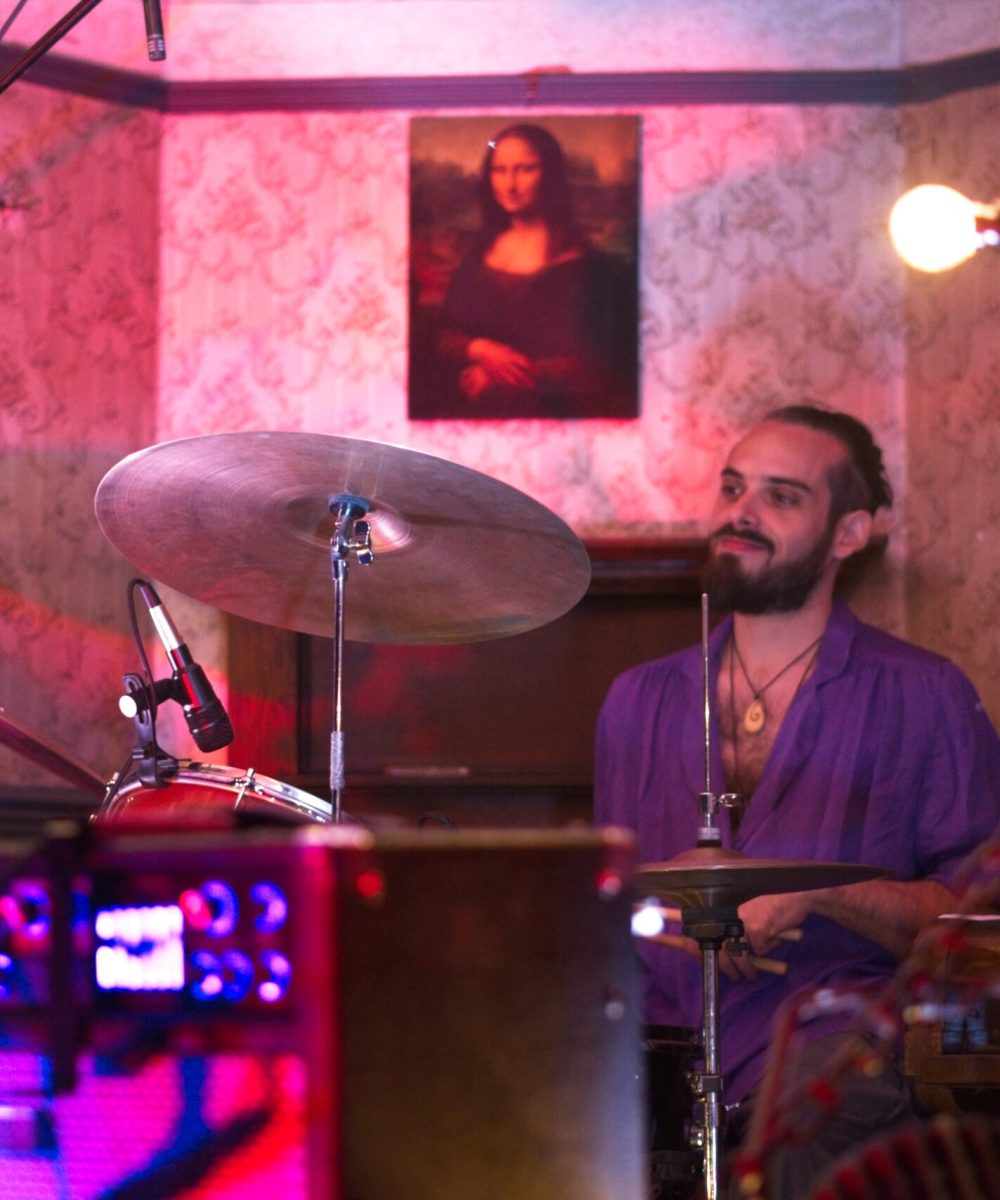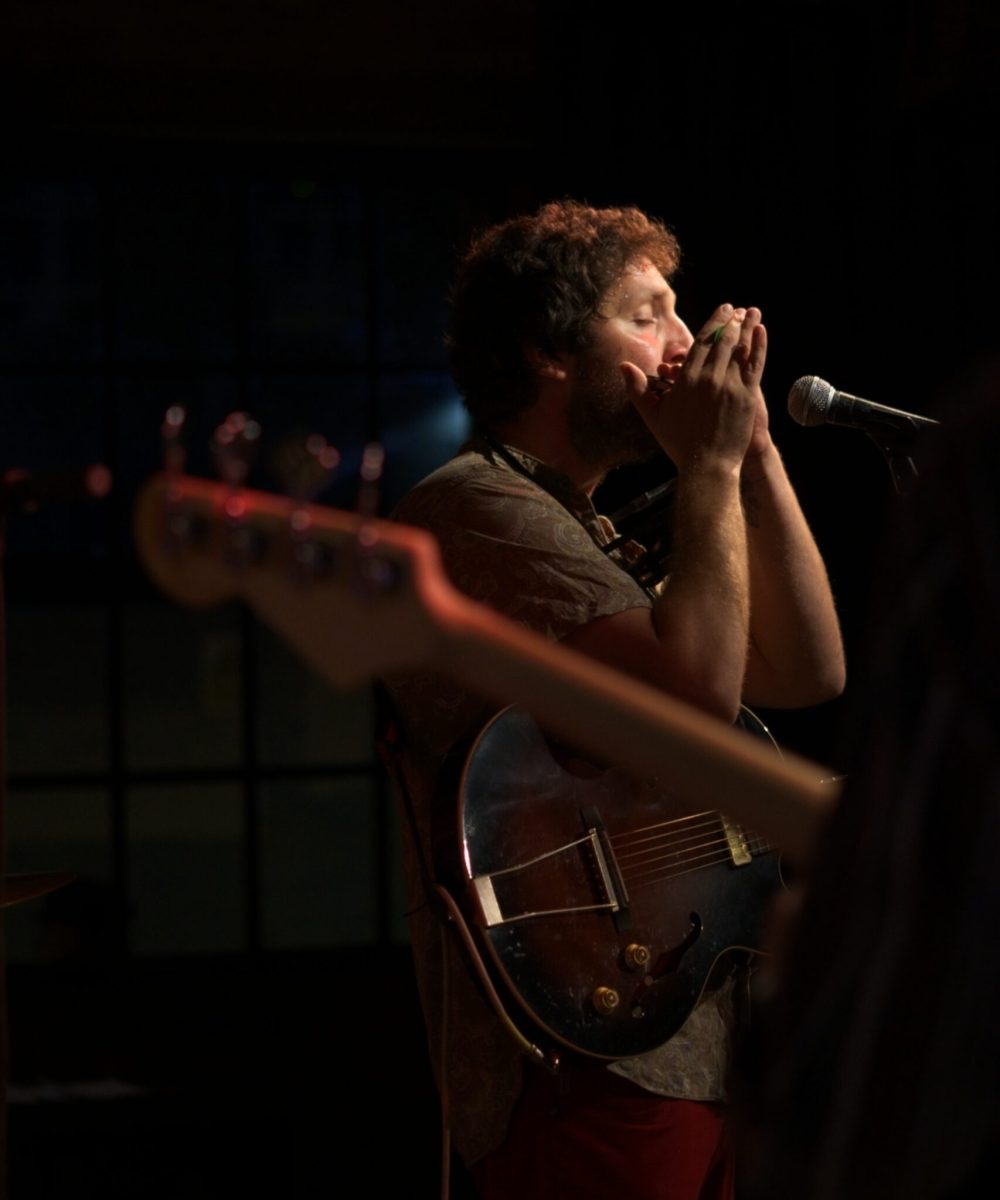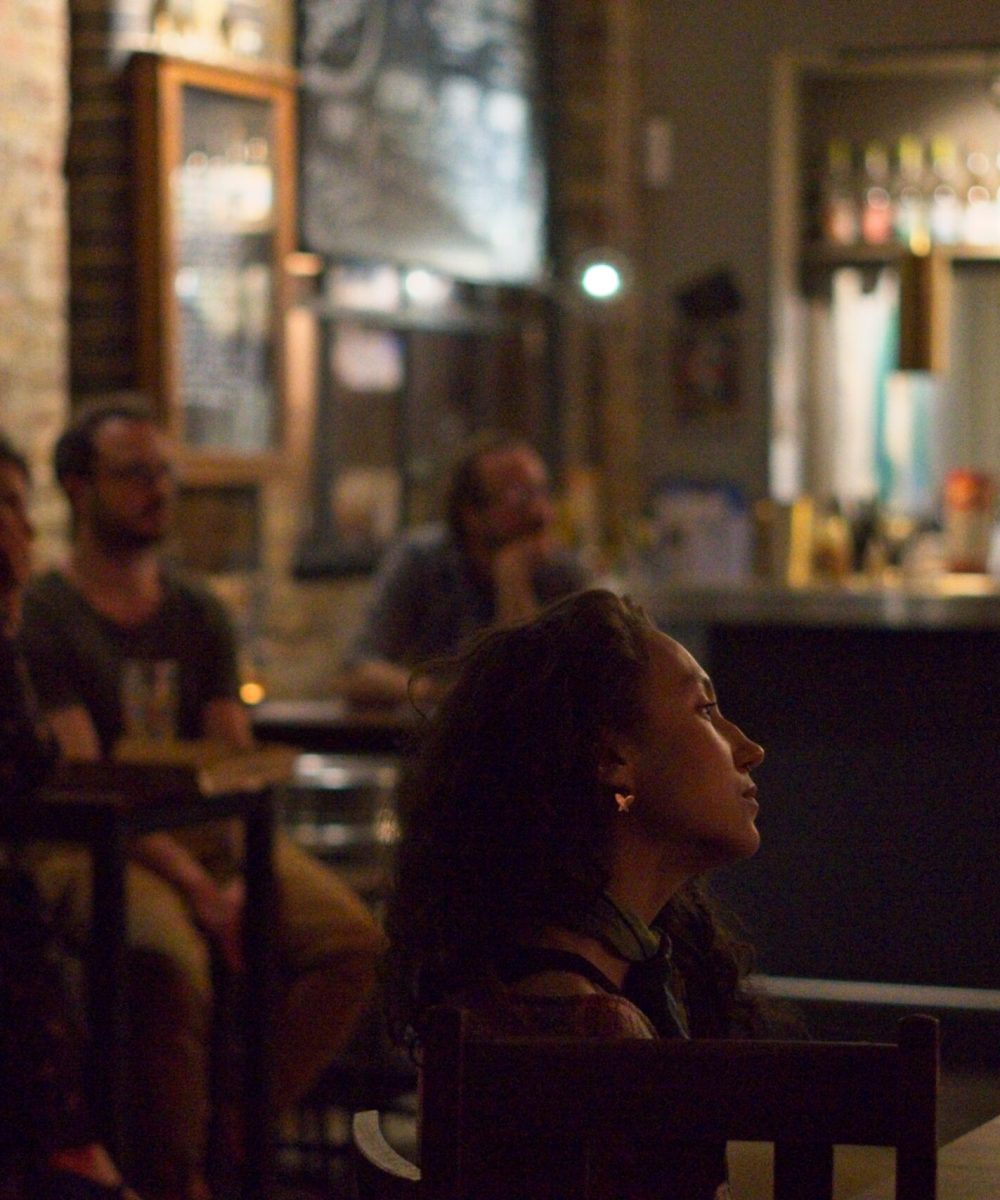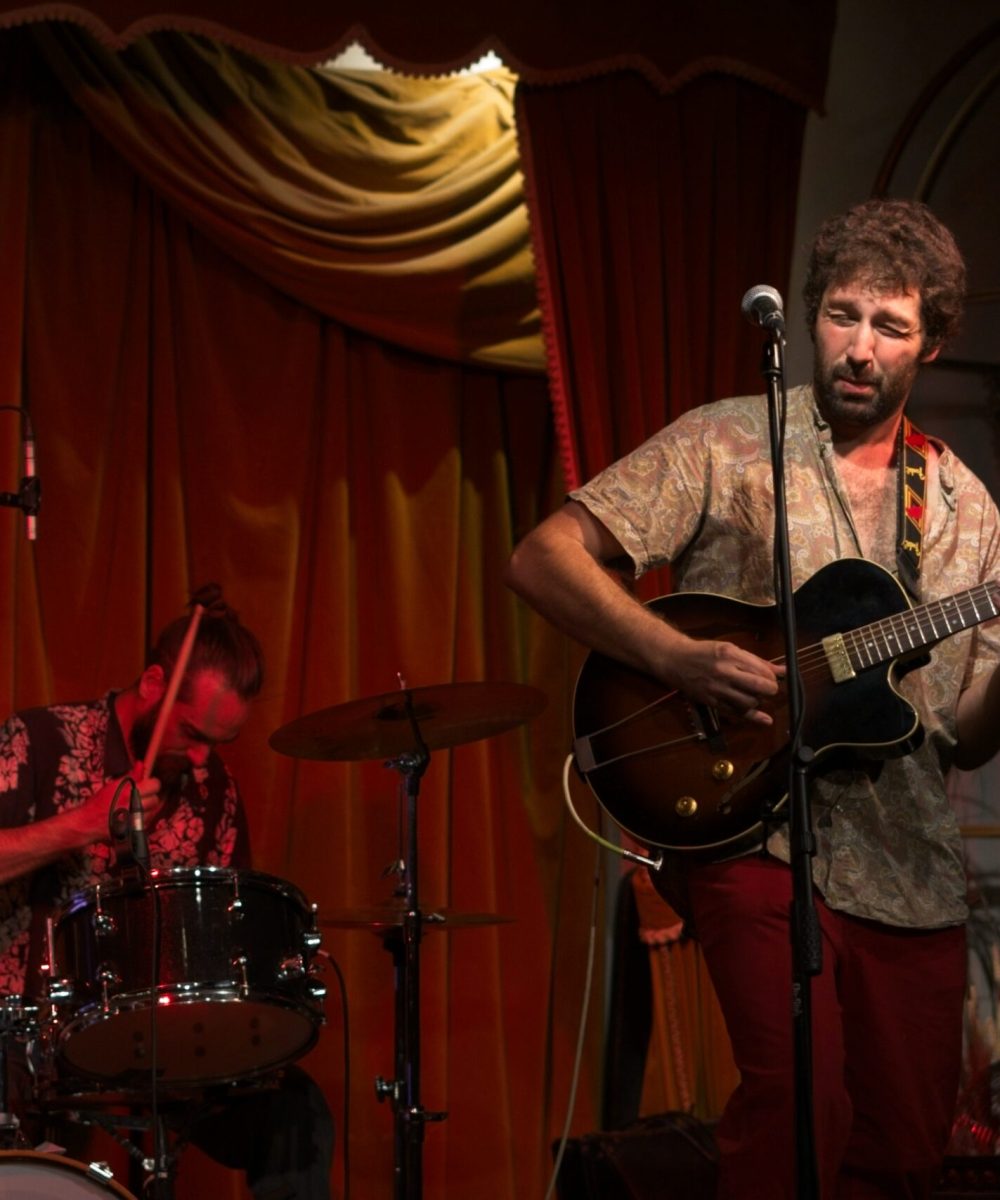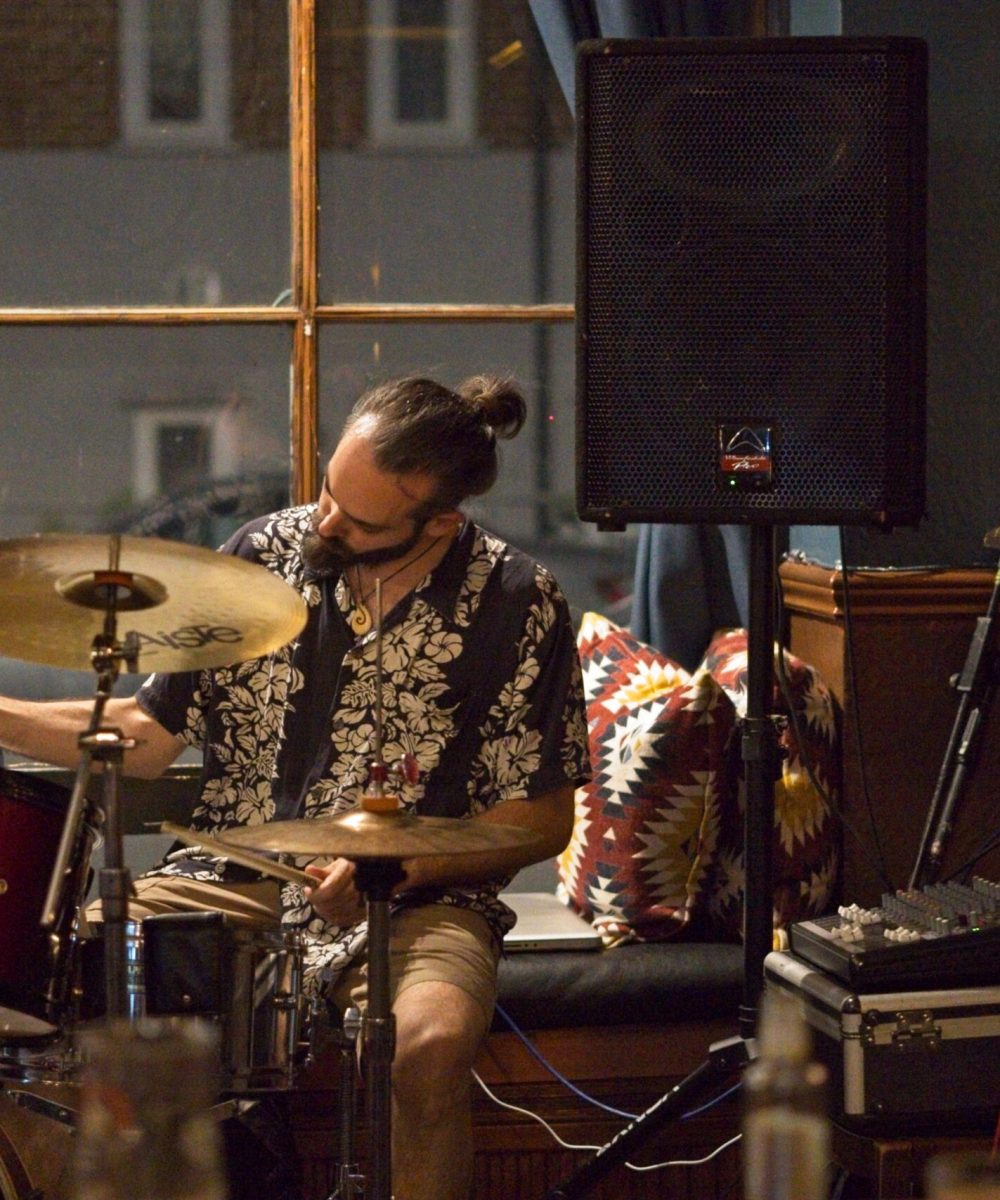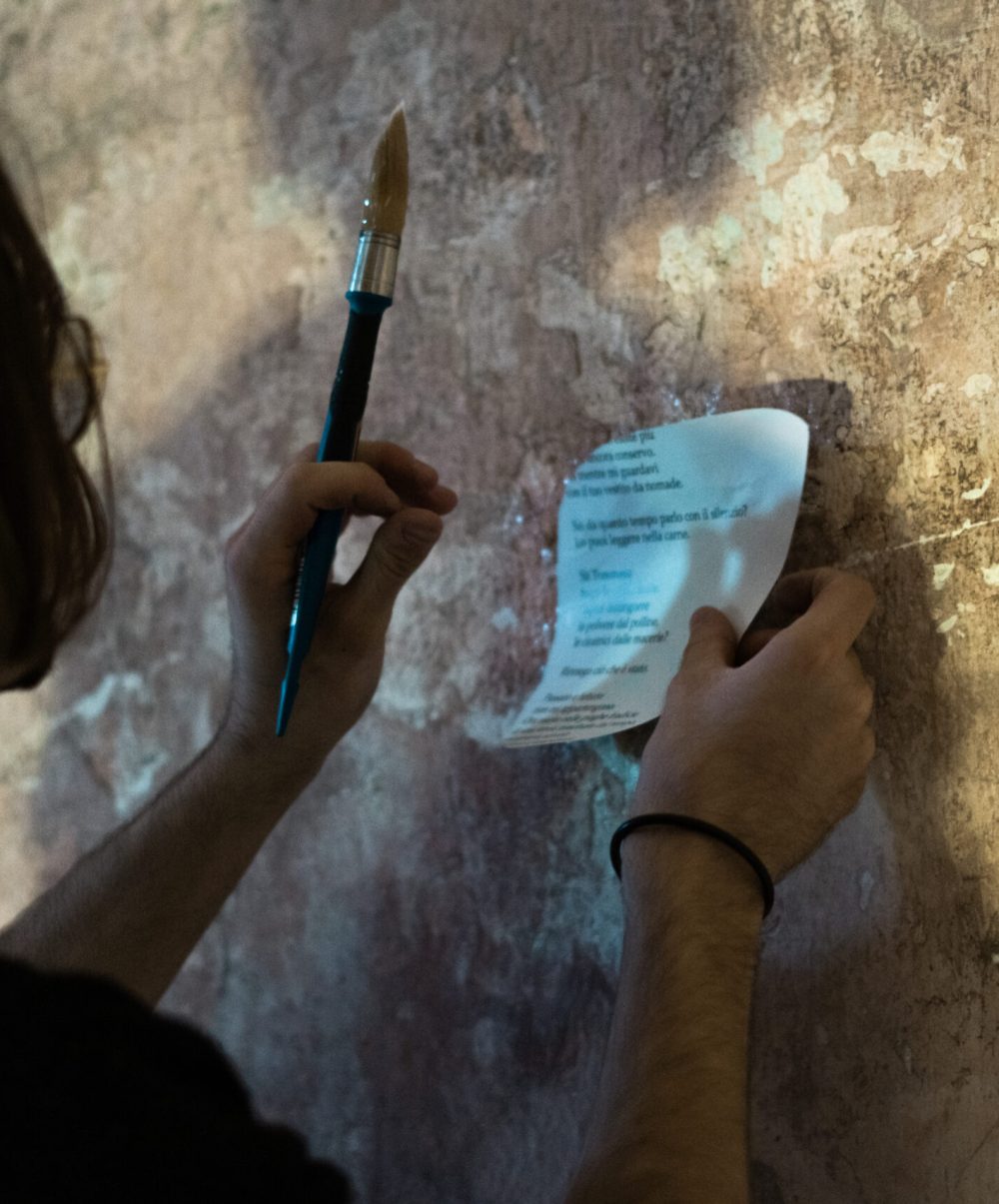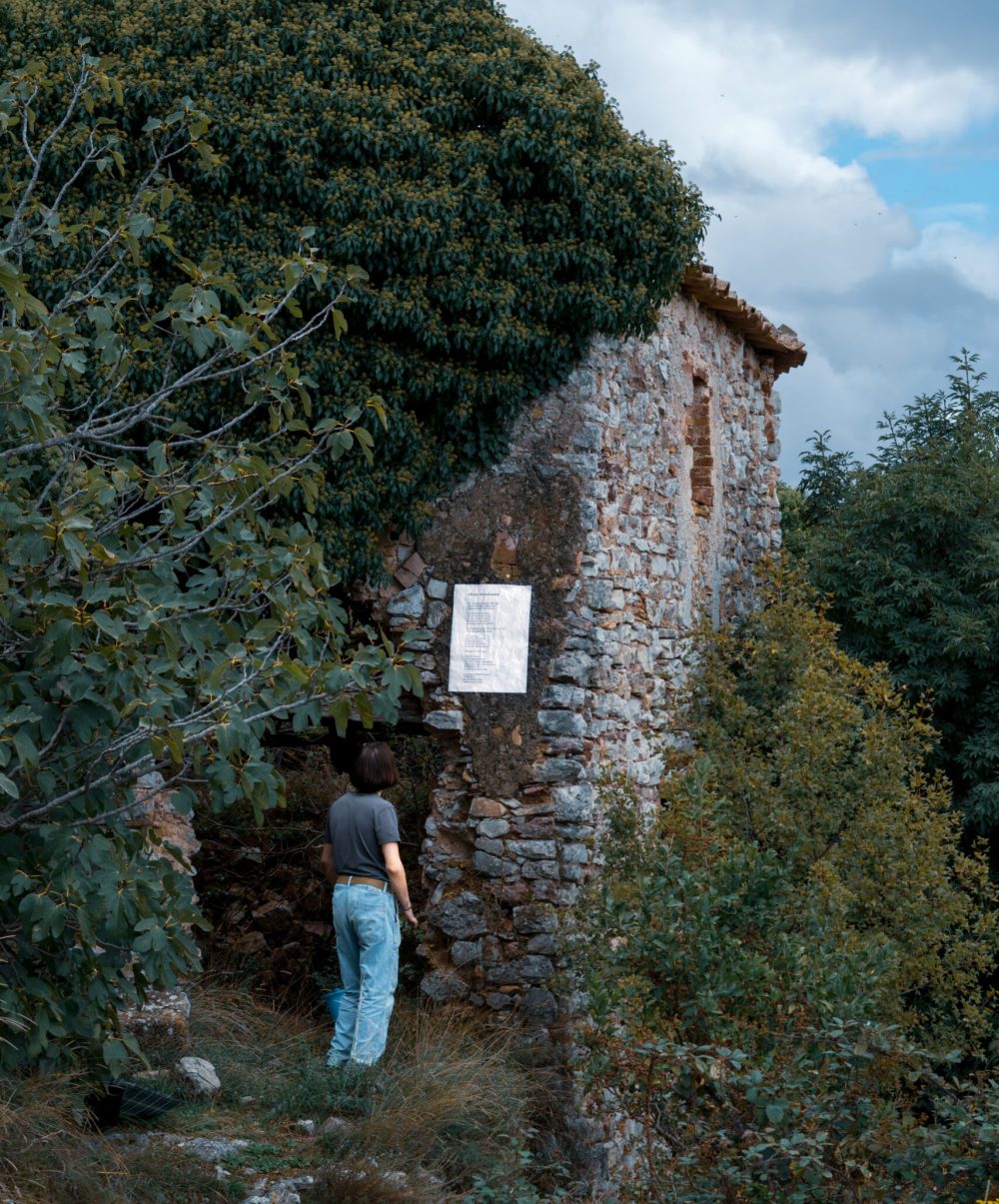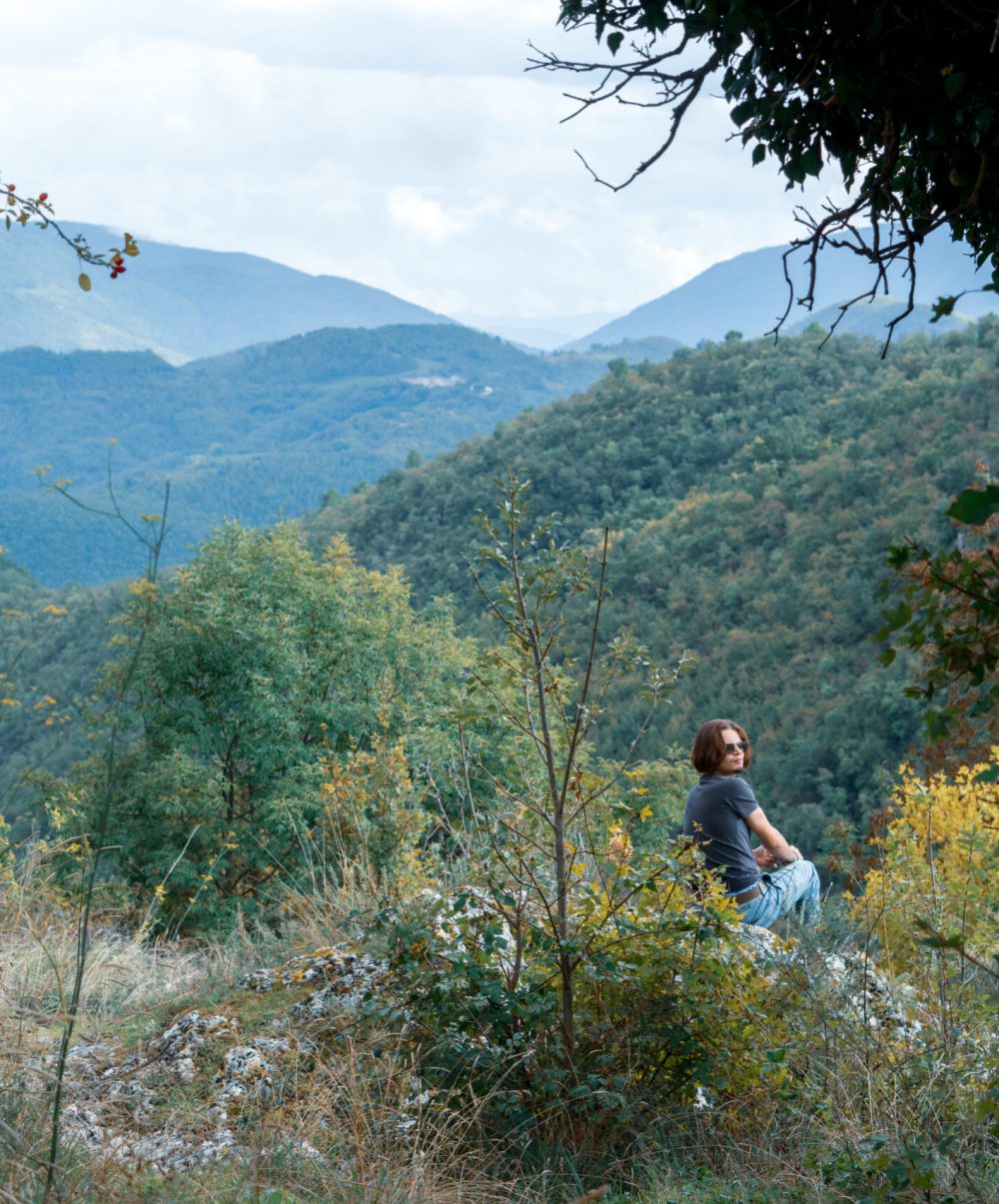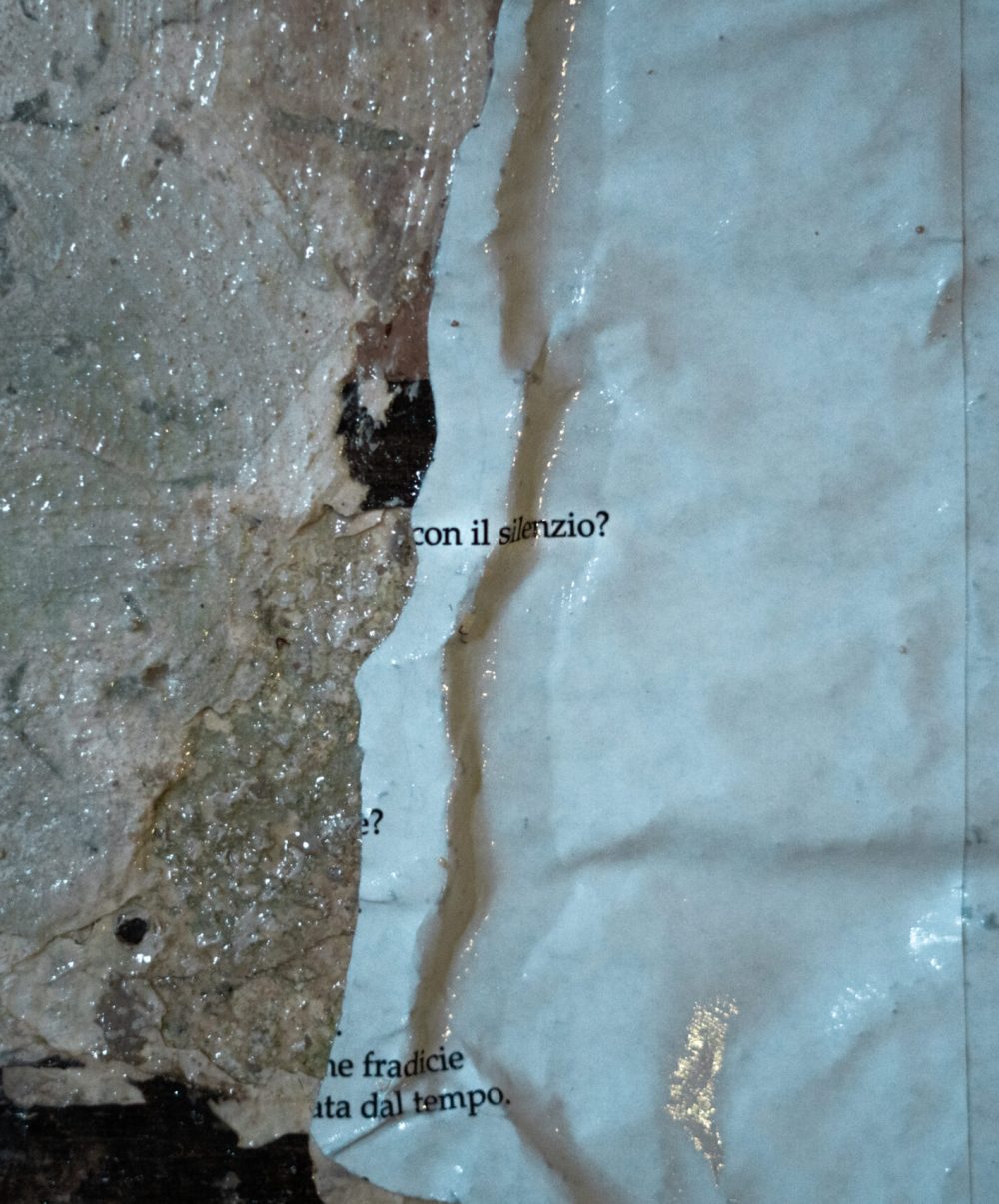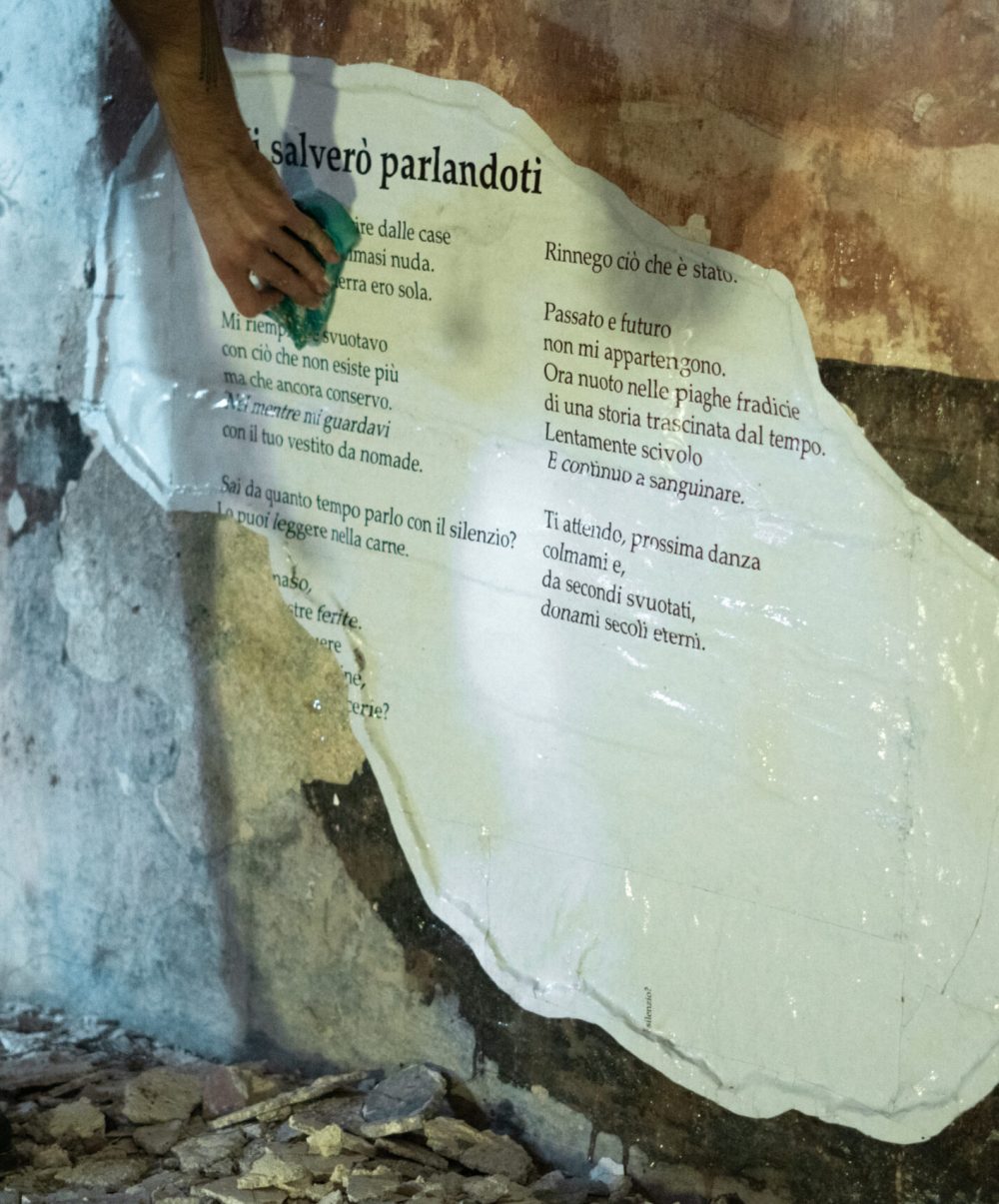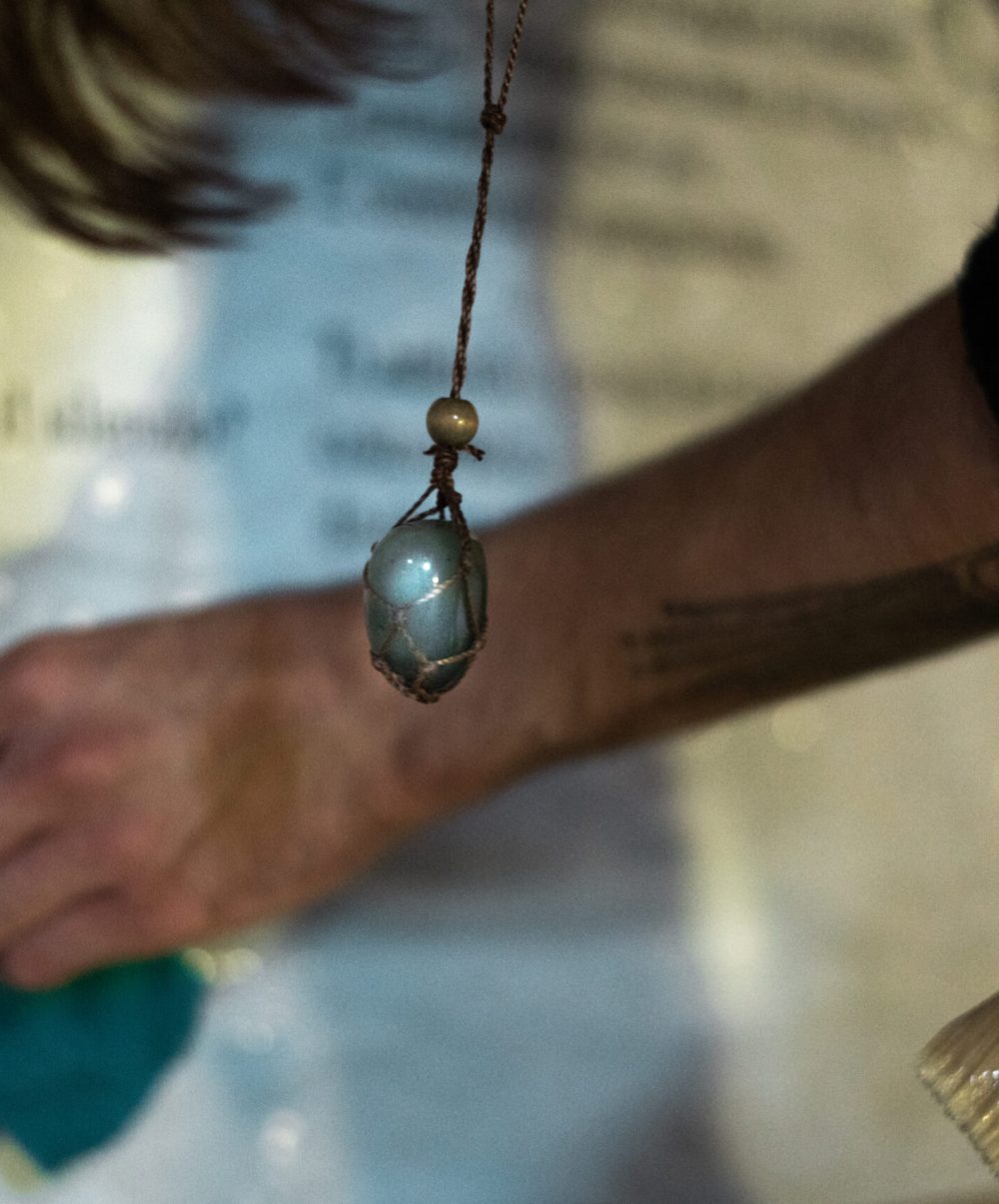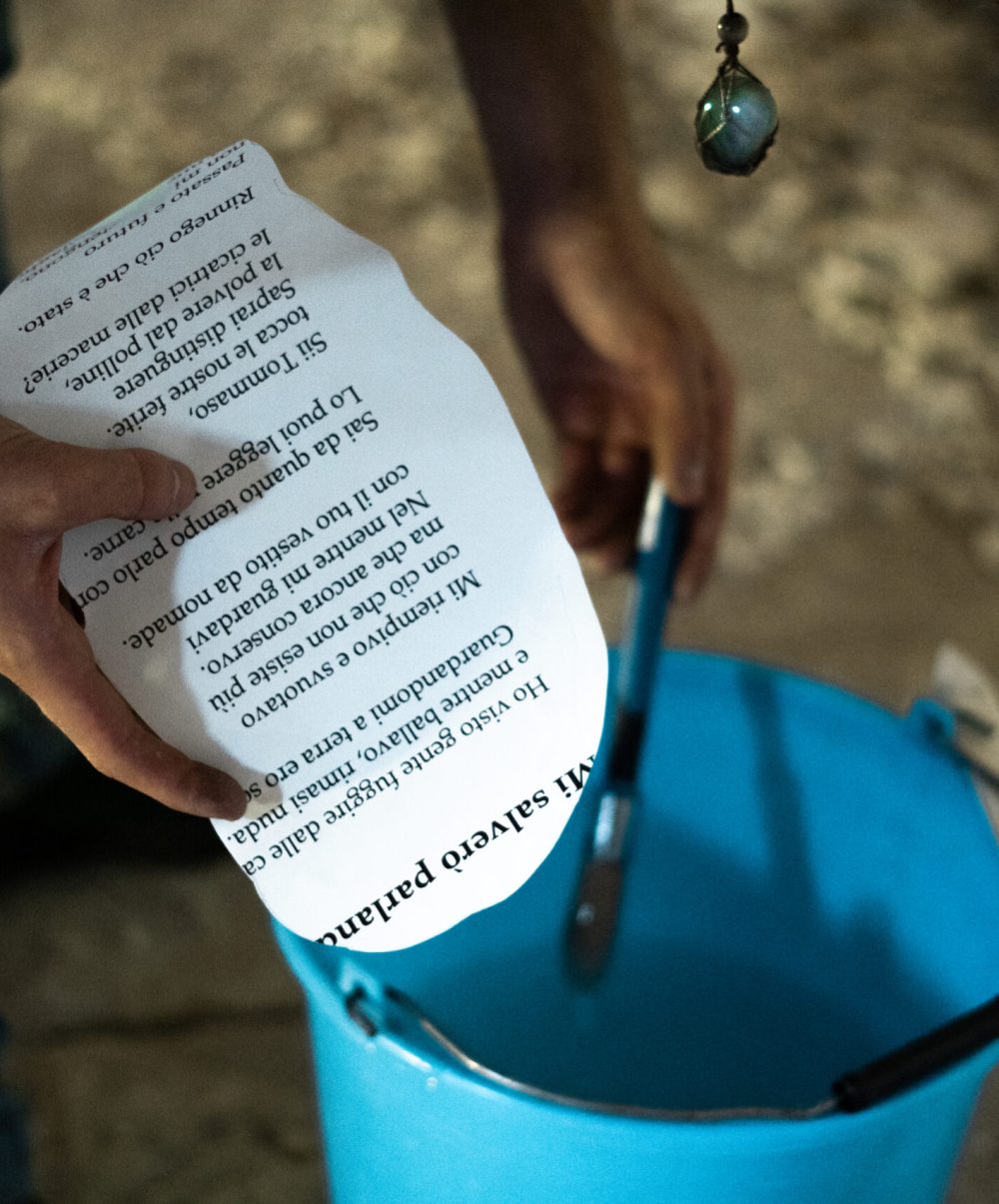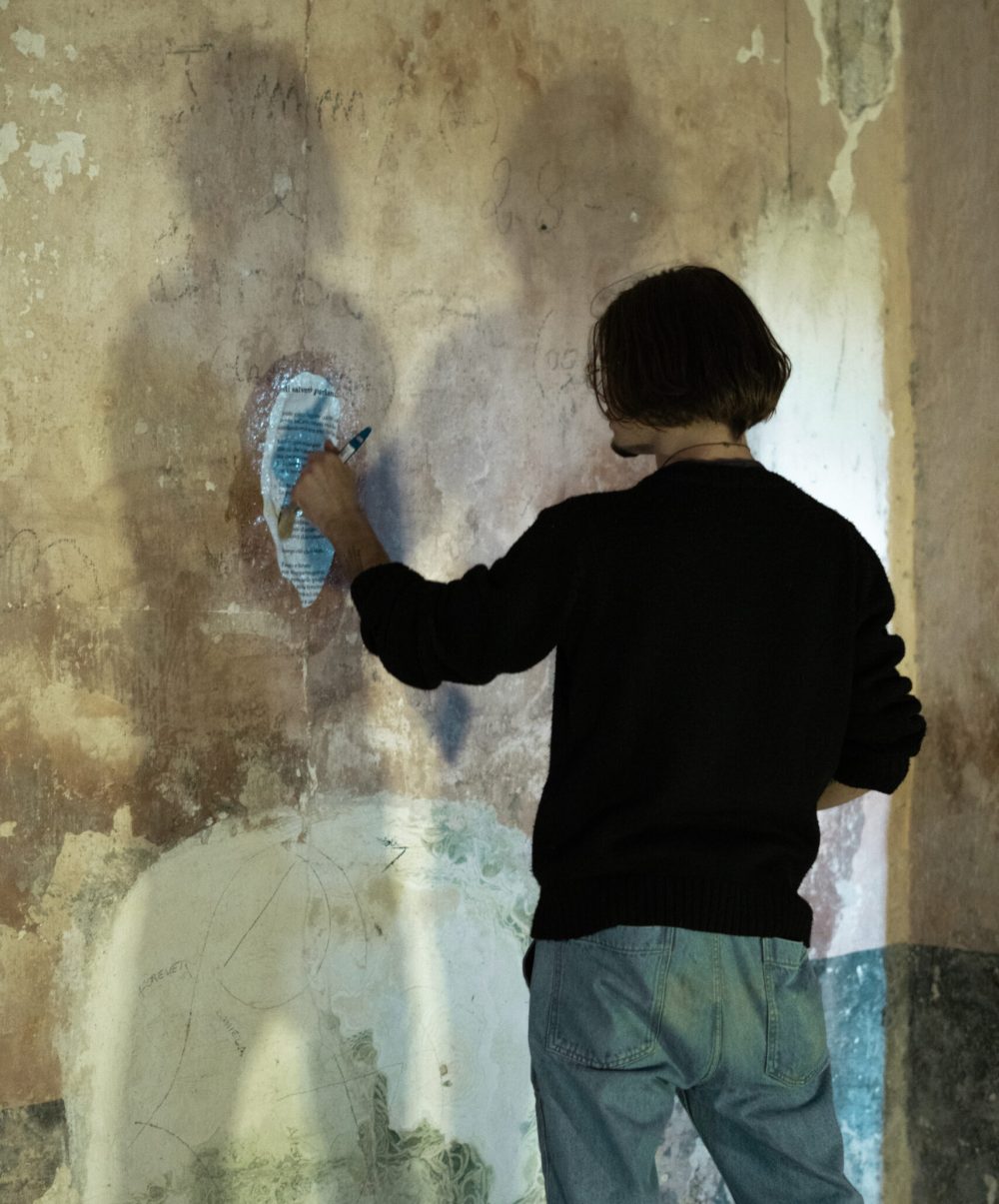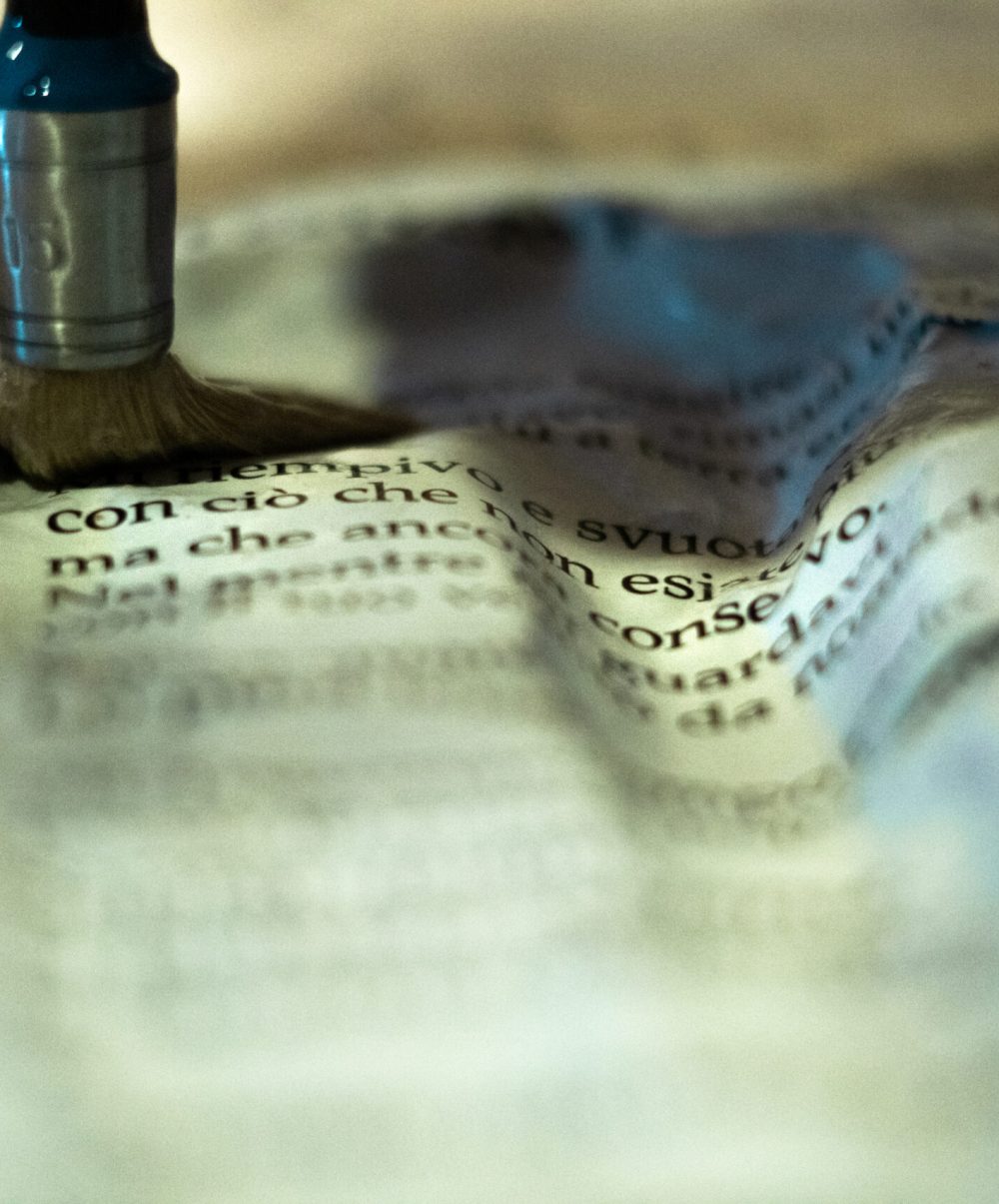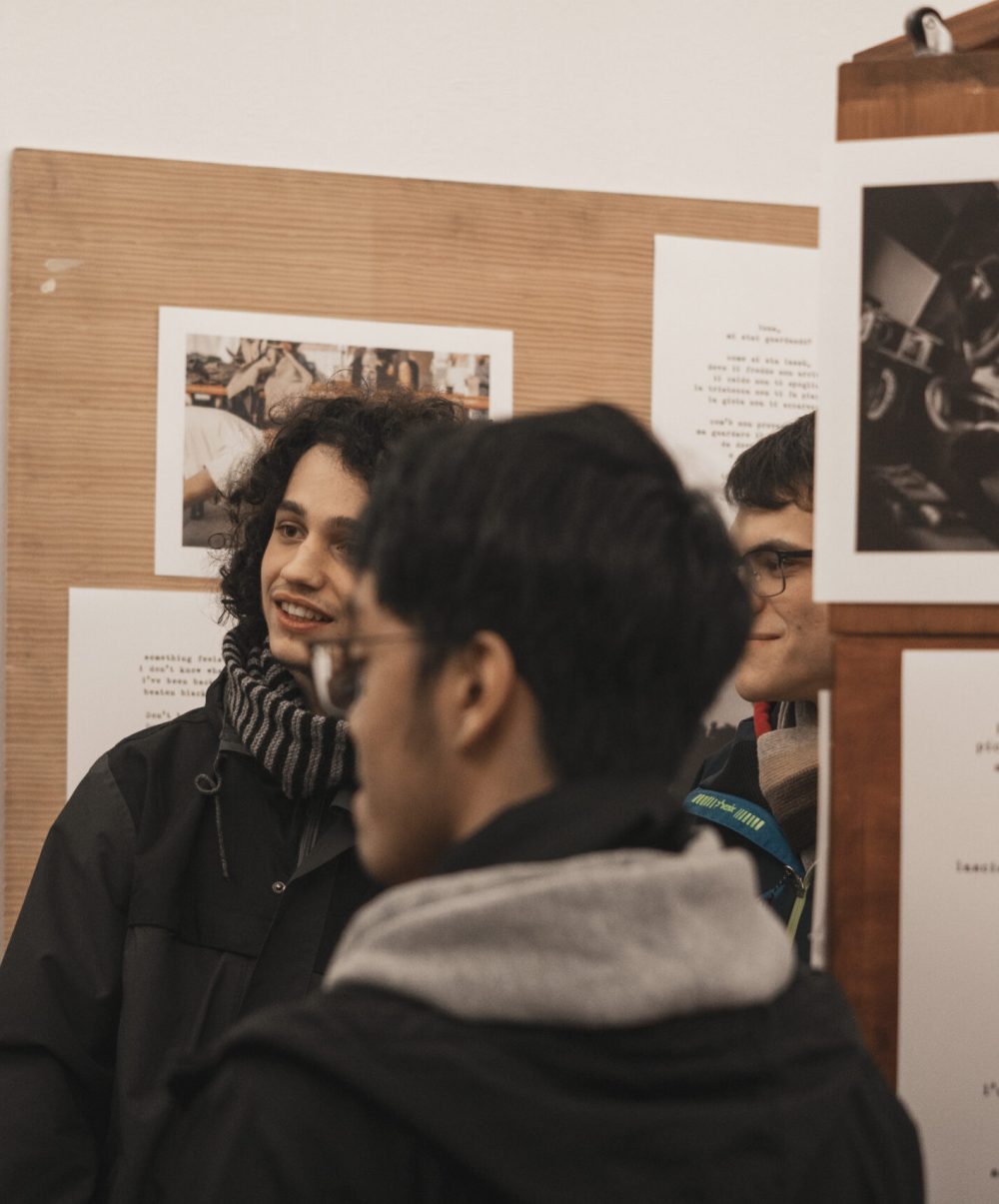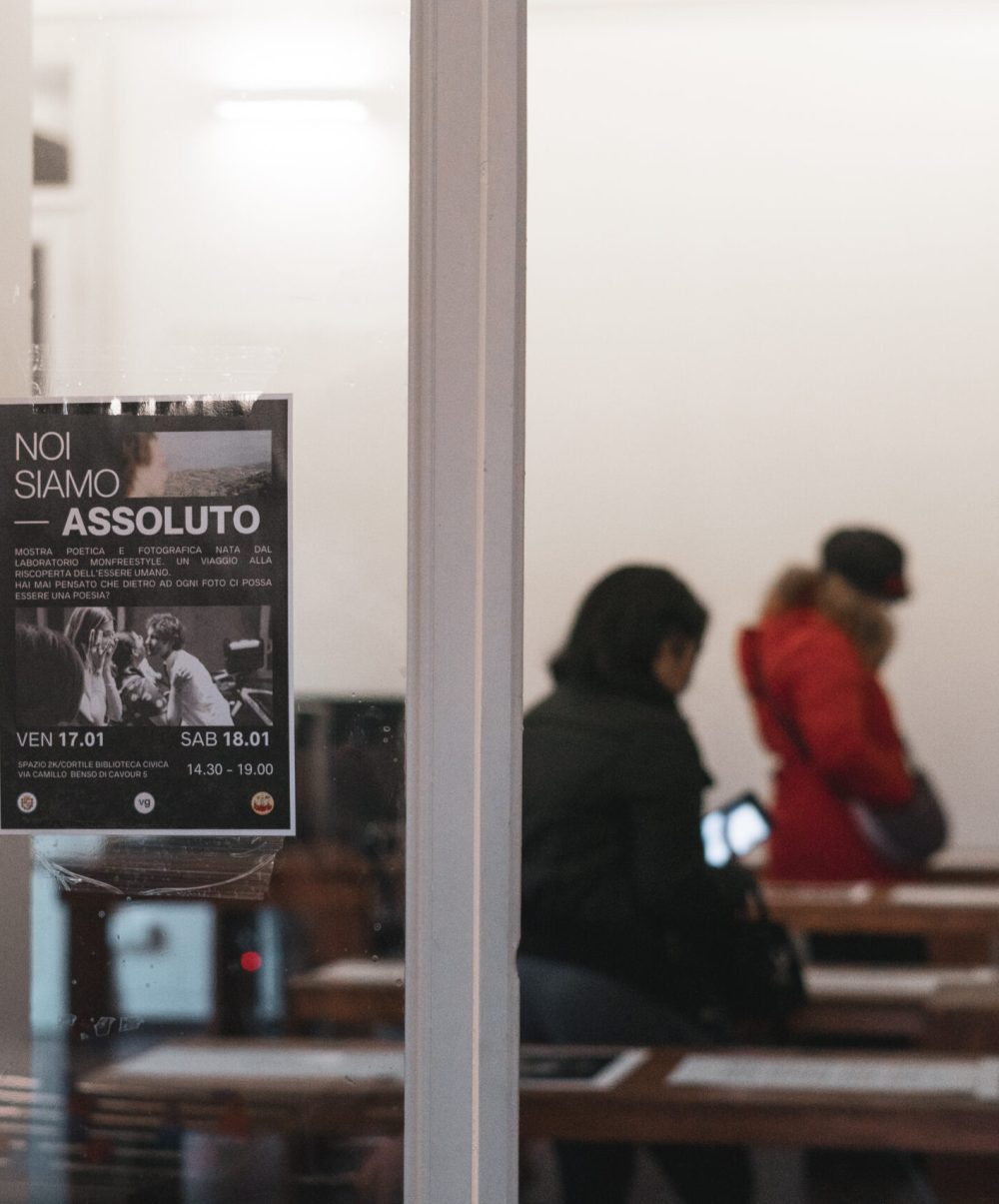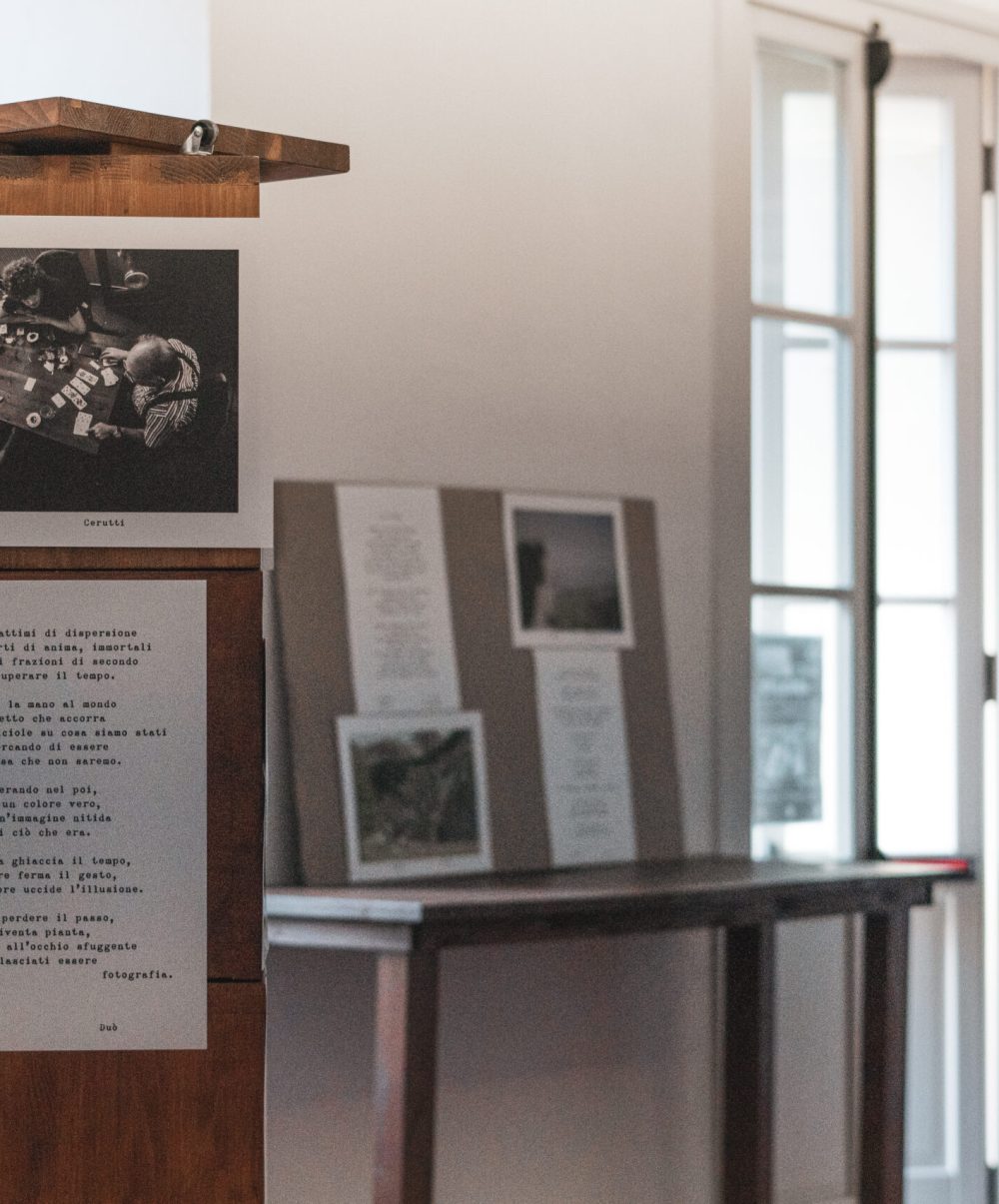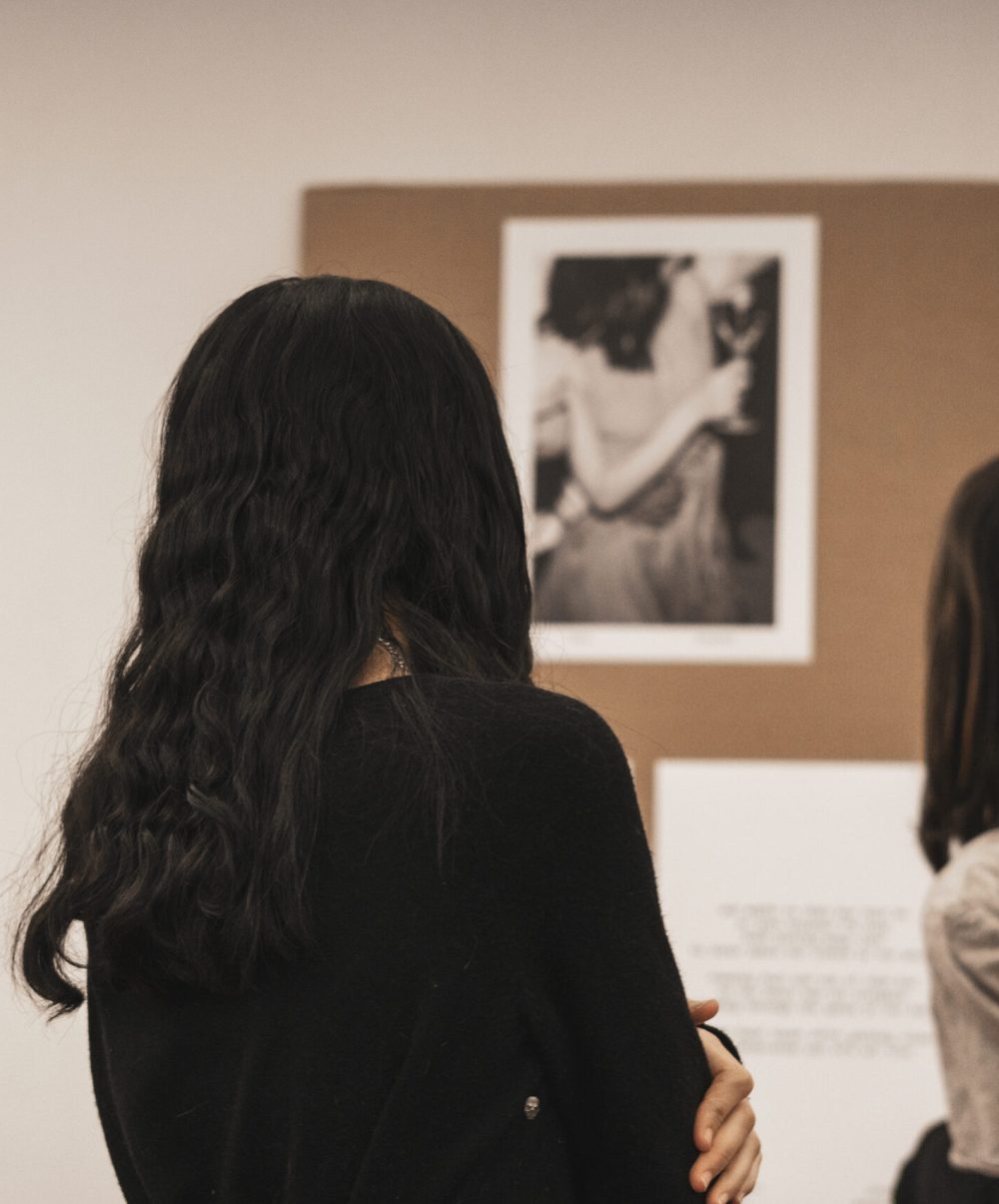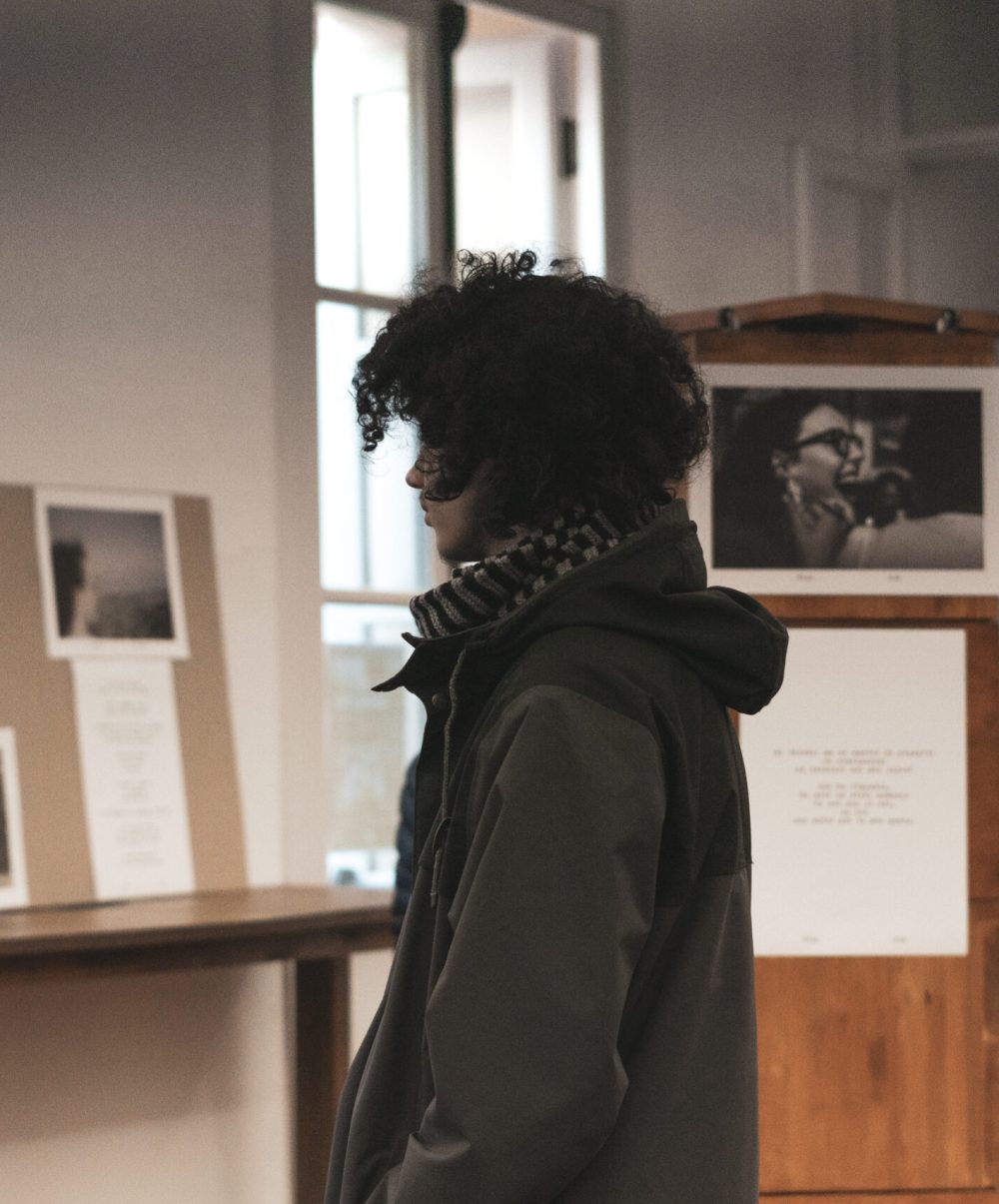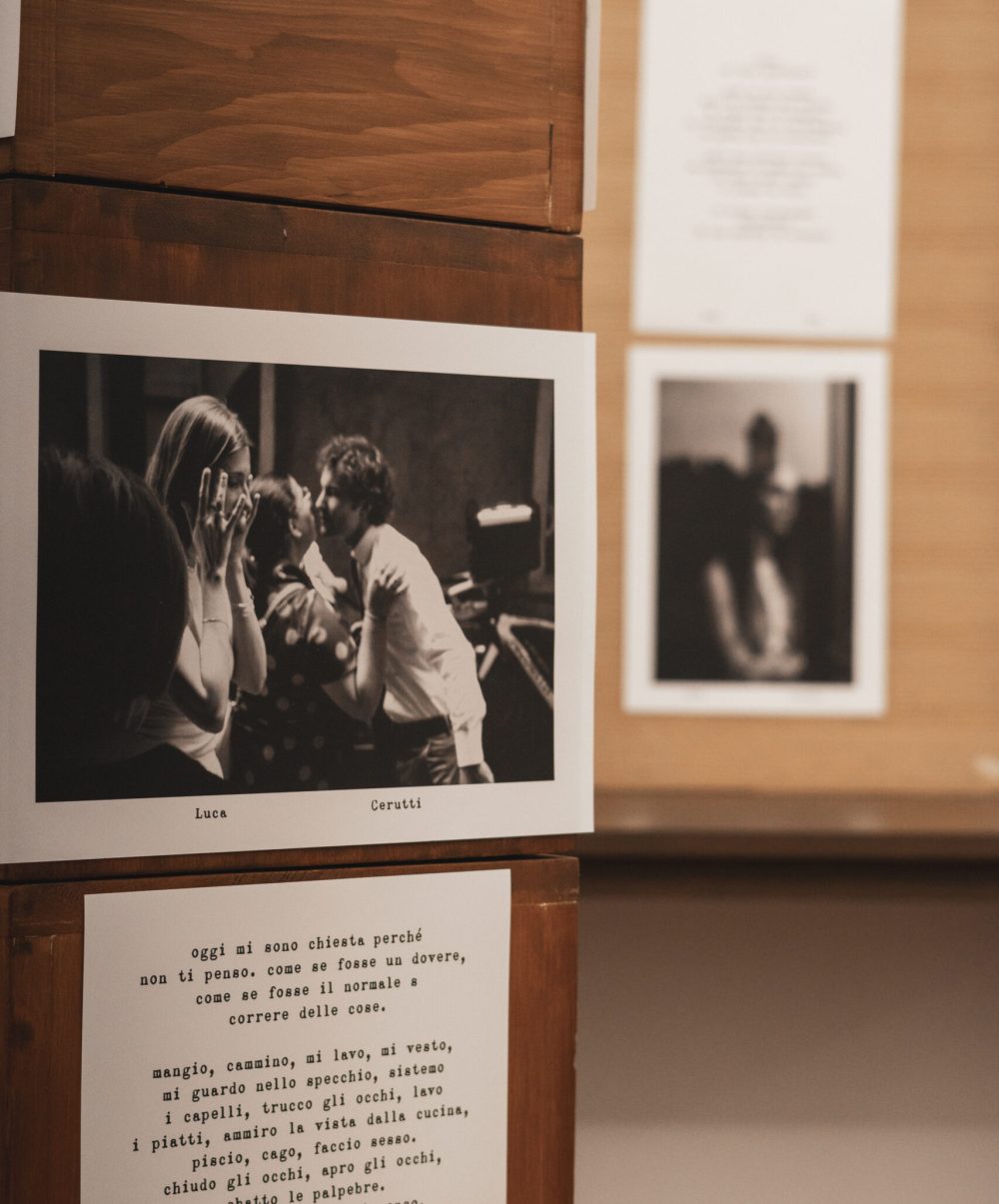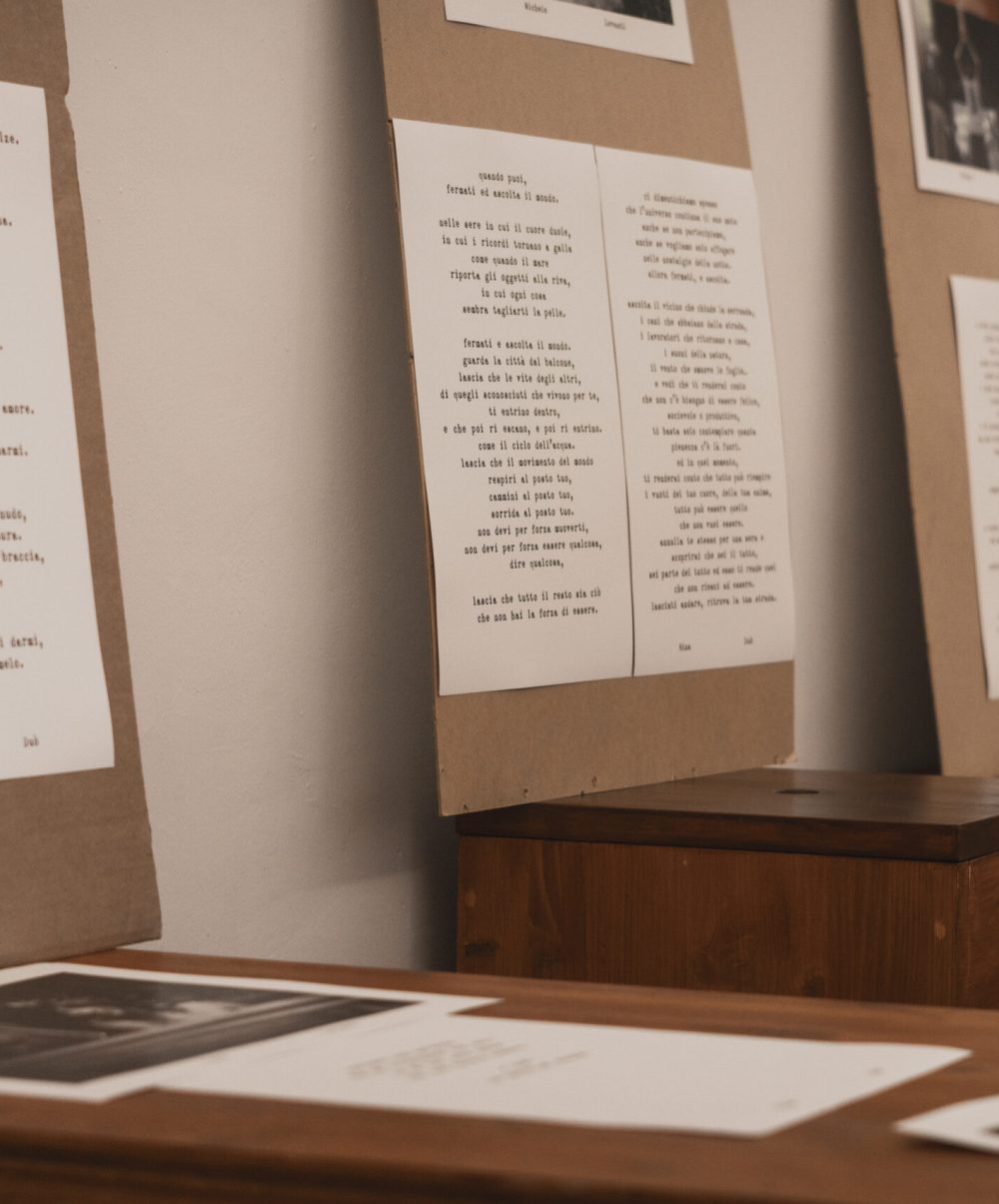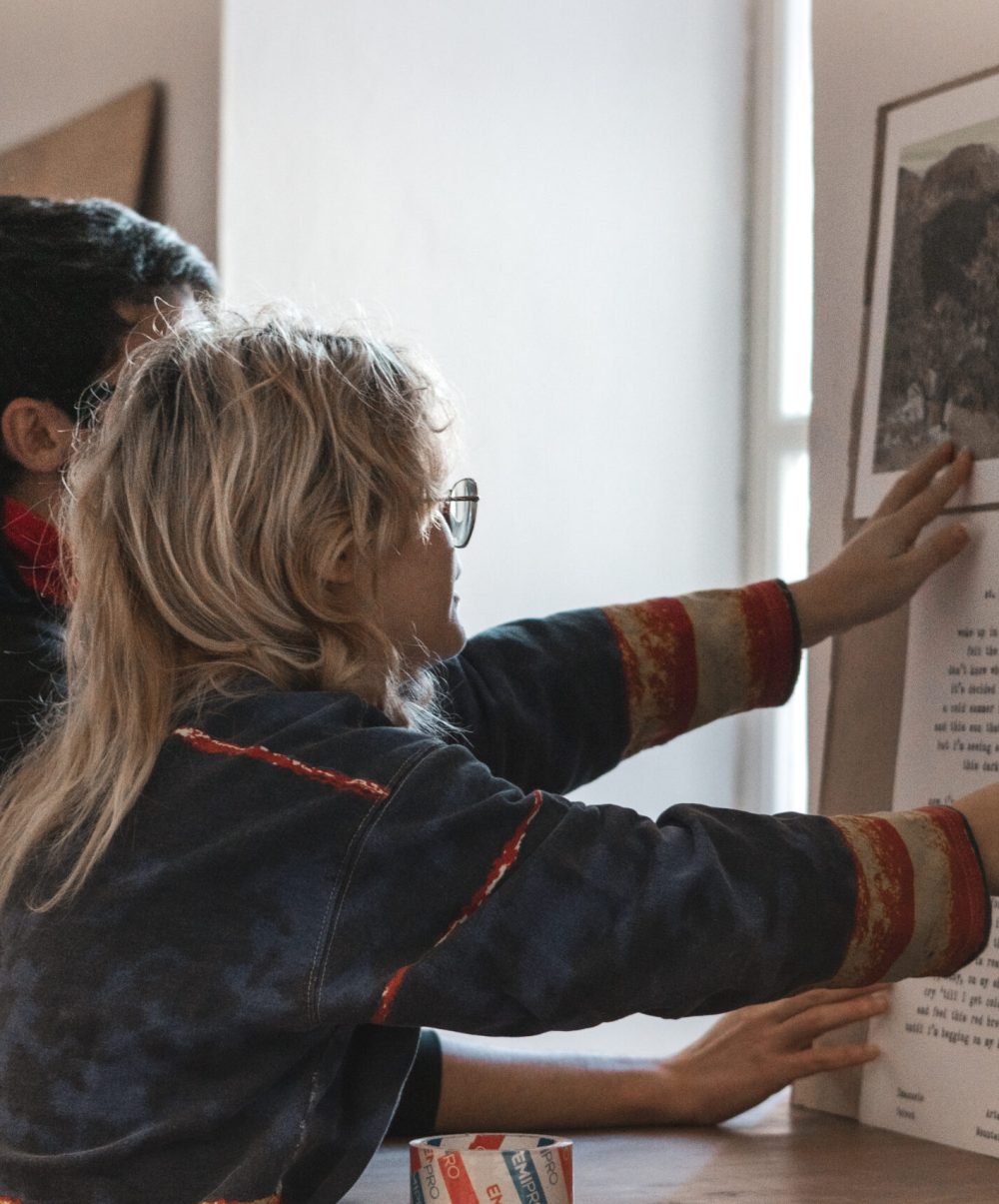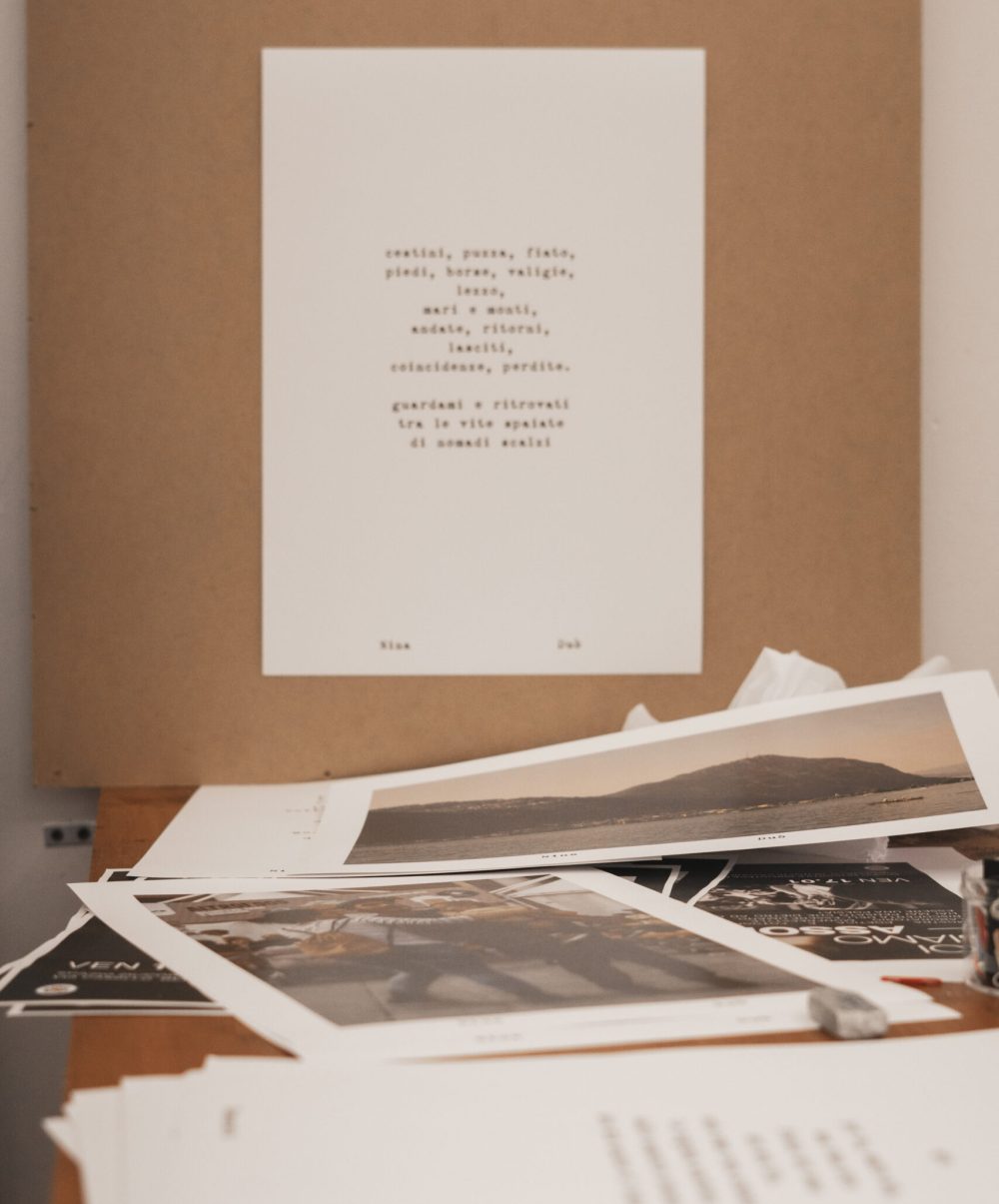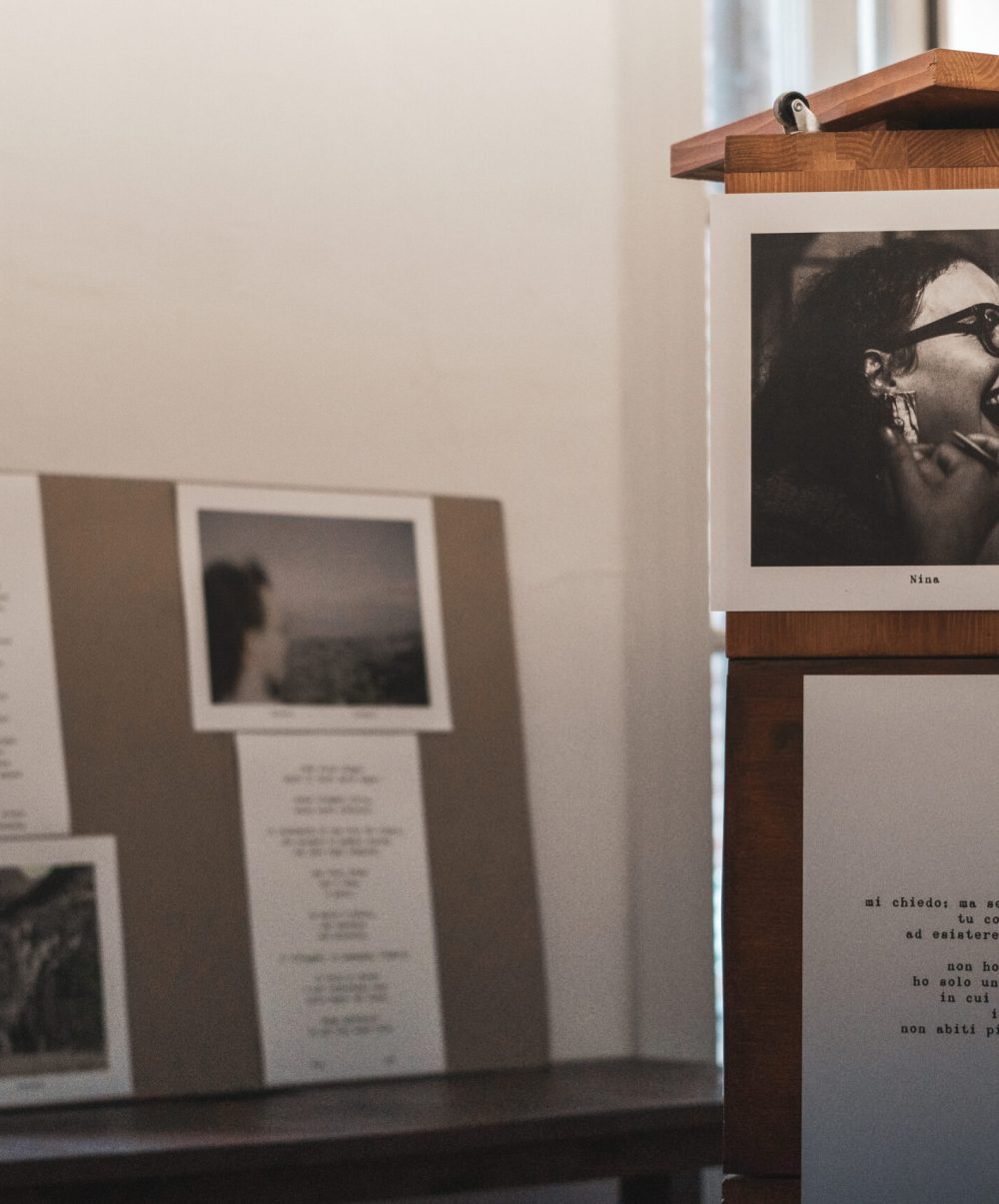photos...elsewhere
portfolio s. ingl. [from ita. portafoglio, of which there are other mean.], used in ital. masc.. – 2. In photography and graphic arts in general, the selected group of works presented to a potential client by a professional as an example of their style and technical skills.
concerts
music has always been a part of my life, and being able to capture concerts and events is what best represents my photographic style.
nature
landscapes, nature, hidden places.
what brings me back to the wild and authentic reality is one of my favorite subjects for my shots.
social media
since 2023, I have been handling social media branding for folk singer and guitarist Steven Paris, focusing on graphic design, photography, and image. In the summer of 2024, I accompanied the power trio “The Steven Paris Agreement.” during their tour in the United Kingdom, as a creator of digital, advertising, and photographic content.
site specific installation - I will safe myself by speaking to you
october 2024, Scoppio Vecchio, Acquasparta TR.
How words can heal the wounds of the past.
The artist Matteo Bernabè and I tried to bridge the fractures of the abandoned church of San Michele Arcangelo through our poetry 'I will save myself by speaking to you.' We captured the silence and the tears of the village to give life to a voice that could provide comfort in the pain of absence.
this exhibition arises from my need to connect two forms of art that are very dear and close to me: poetry and photography.
thanks to the collaboration of various artists and writers from the Monferrato region, the exhibition was set up for two monthly editions at the Monfreestyle educational center in Casale Monferrato, a place for which I have held great affection for years.
each photograph was connected to a text/poem that aimed to create something new, influencing each other in the process.
given our joy in creating this exhibition and its uniqueness compared to other projects already presented, the exhibition will be re-proposed on a monthly basis, so that more and more artists can find space, hospitality, and exchange with others who share similar interests.
the key to this project lies in community, creativity, and human and personal enrichment.
for any information, I leave my social contacts here.

